




RHODE ISLAND ZOOLOGICAL SOCIETY















RHODE ISLAND ZOOLOGICAL SOCIETY









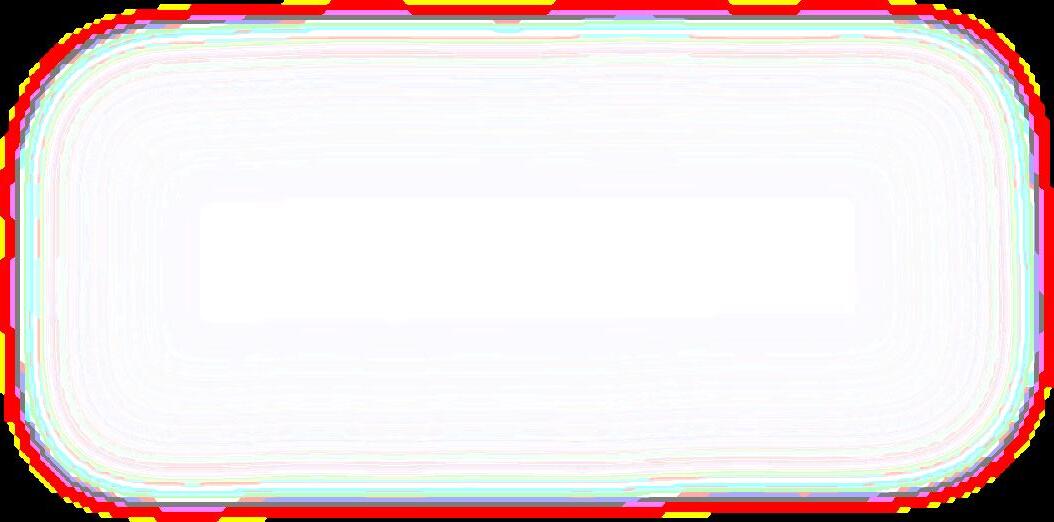
At the Roger Williams Park Zoo (RWPZoo), we deeply value the interconnectedness of people, animals, and the environment. This understanding drives our mission: As leaders in conservation and animal care, we create meaningful experiences that inspire guests to become active partners in protecting wildlife and their habitats.
Our commitment to conservation extends far beyond the Zoo's gates. We actively participate in a global effort to safeguard endangered species and their ecosystems, both locally and internationally.
This year, we've witnessed the positive impact of our work, from the successful hatching of Eastern box turtles in our breeding program to international collaborations dedicated to species preservation. Beyond fostering awareness of conservation and sustainable practices, we strive to implement environmentally responsible operations within the Zoo itself.
Together, we can build a future where every species has a chance to thrive, every ecosystem flourishes, and the echoes of conservation resonate across the globe.
Each visit to the Roger Williams Park Zoo, every purchase you make, and every time you share your knowledge about wildlife and conservation with others, you contribute to our shared mission.
Thank you for joining us on this vital journey.
With gratitude,
Your Roger Williams Park Zoo
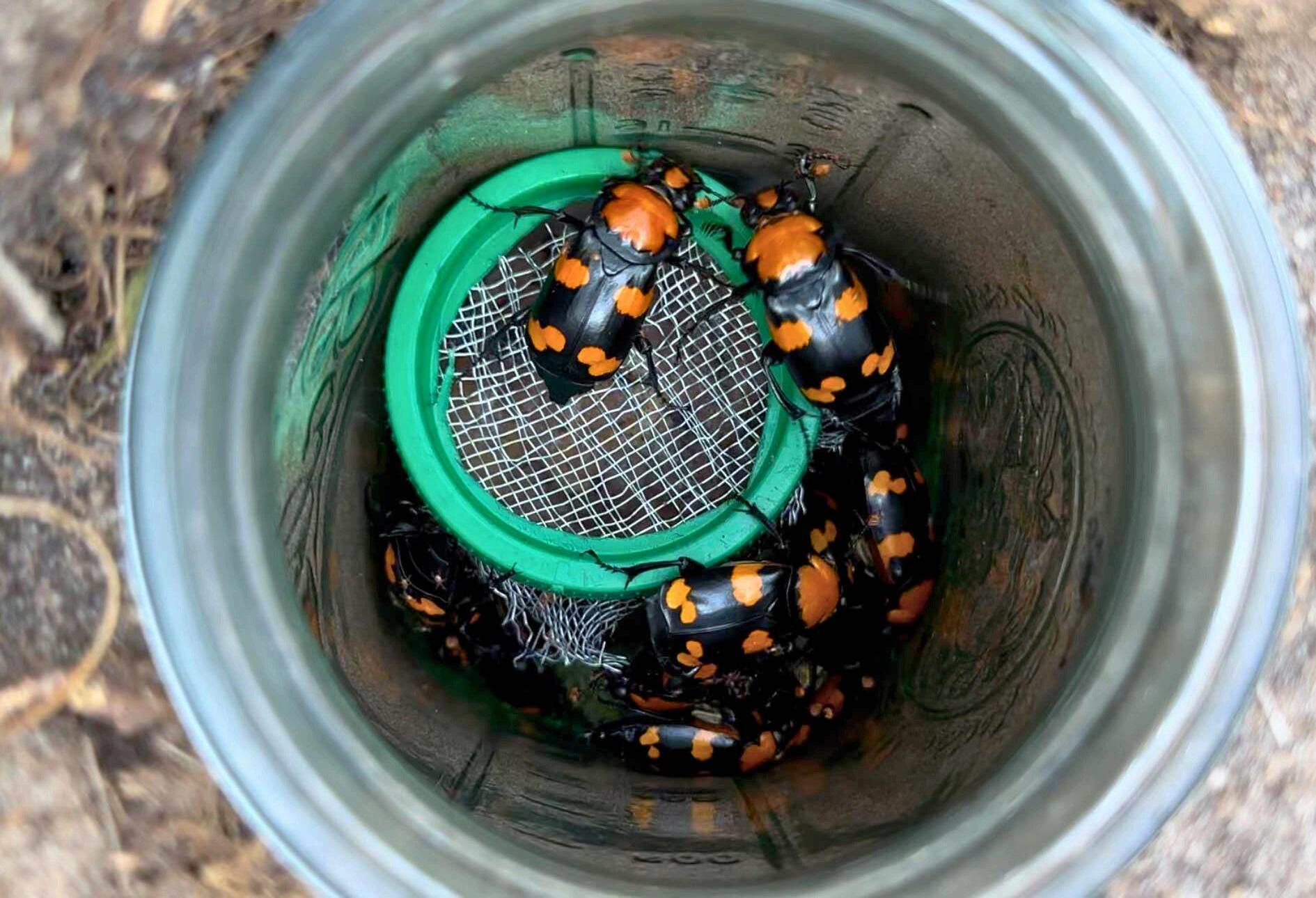

box turtles hatched 2 and cottontail rabbits released 51
American burying beetles reintroduced 399
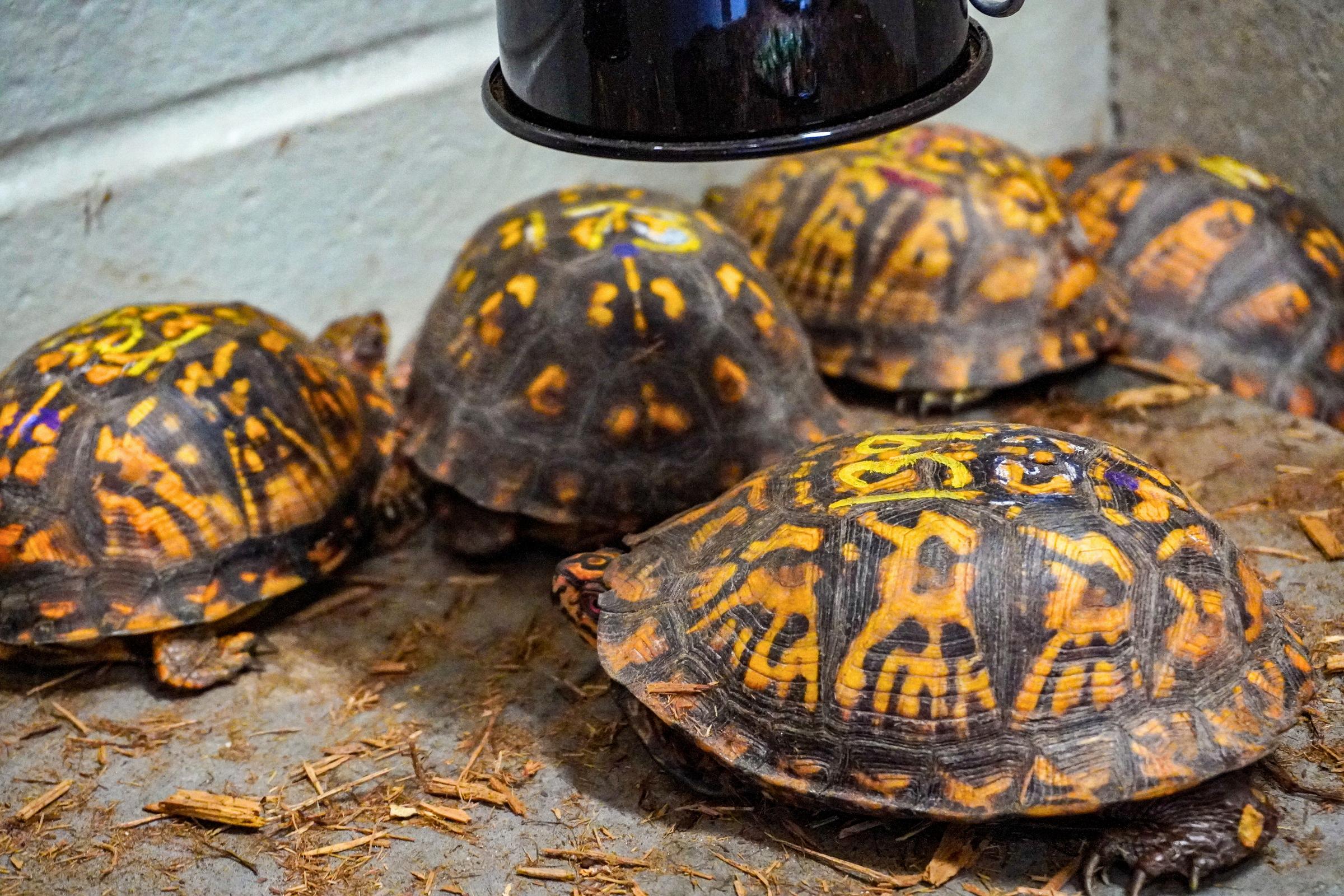
Eastern box turtles confiscated from illegal pet trade and brought to Roger Williams Park Zoo for care 12


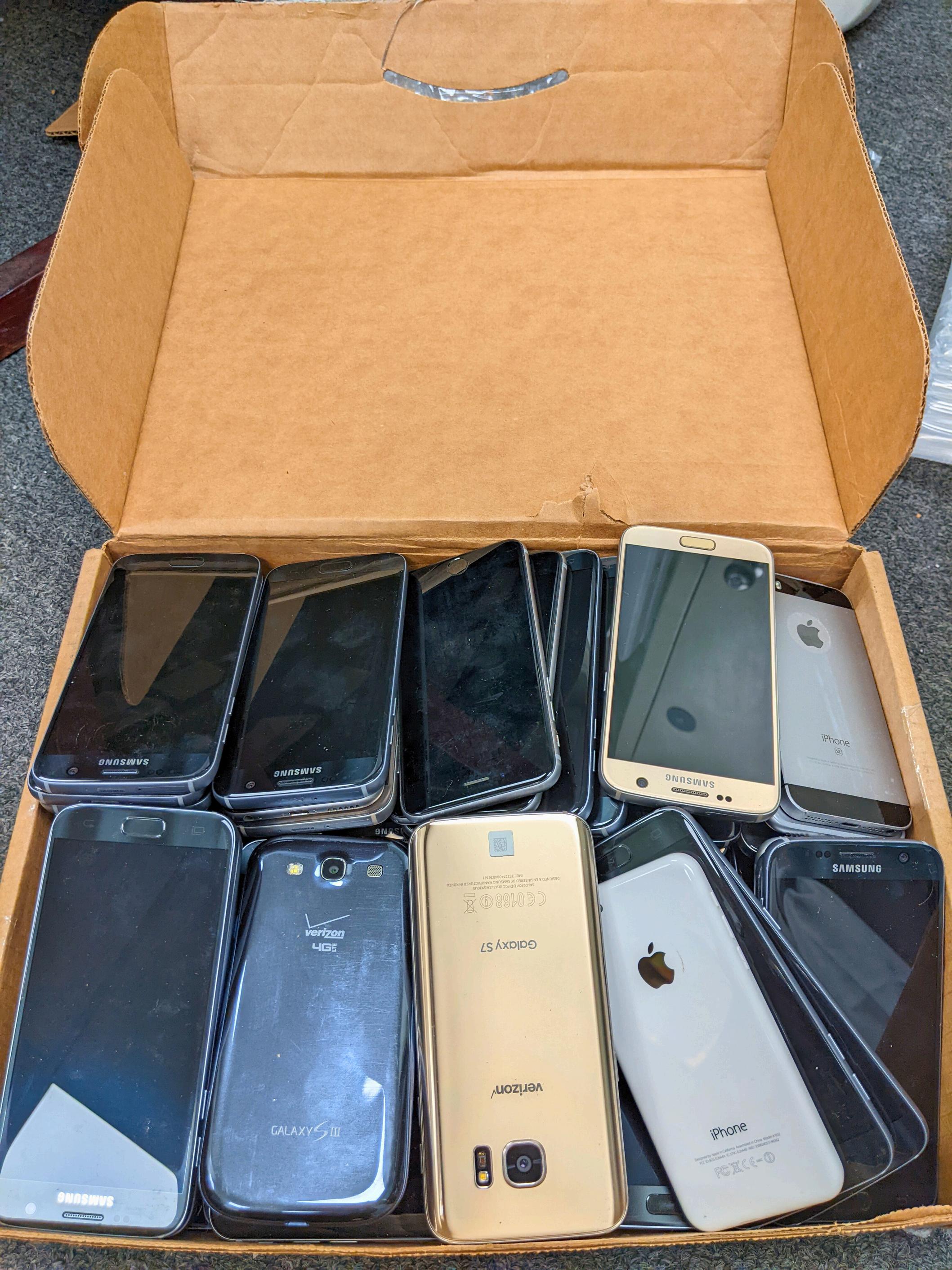
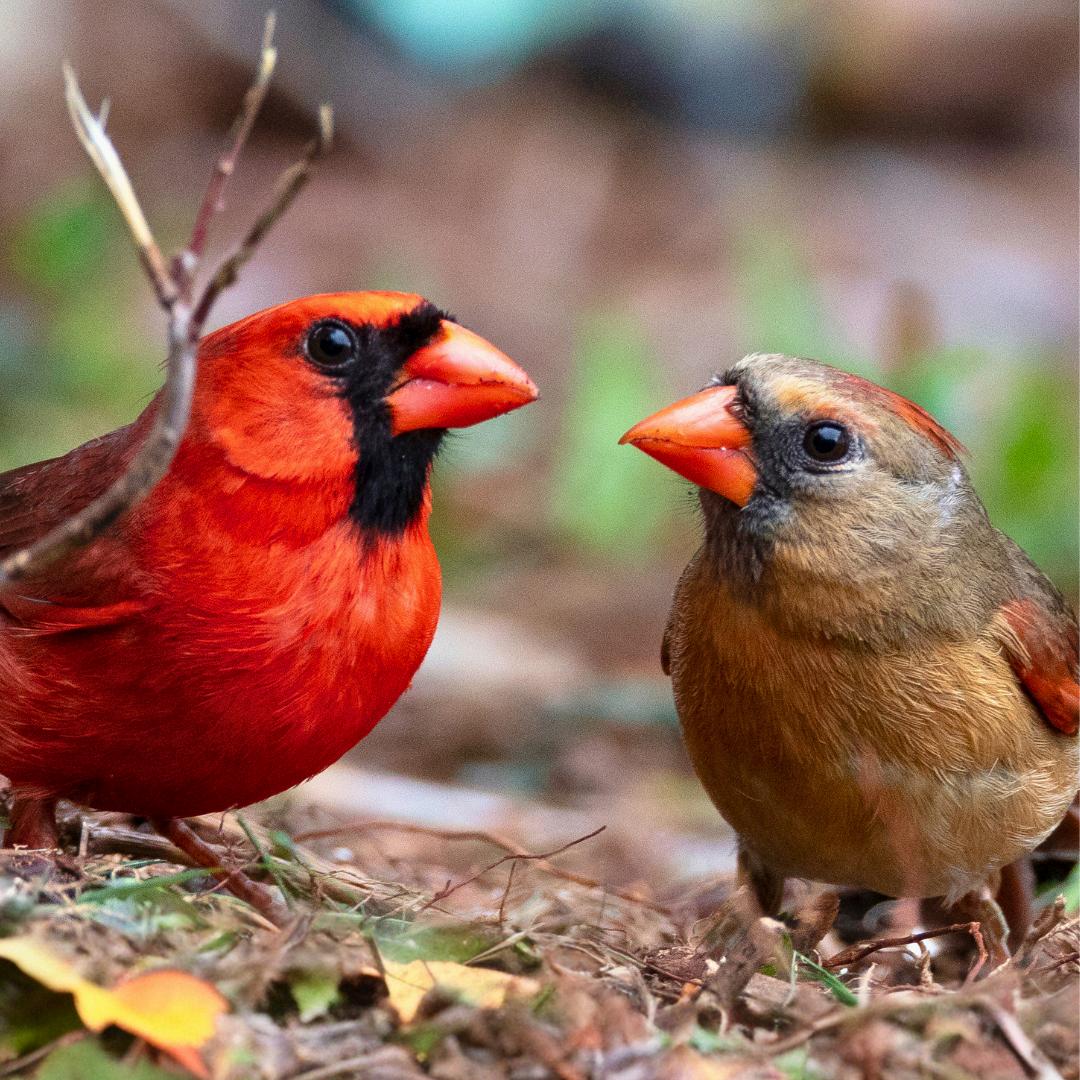
American Burying Beetle Recovery Program
New England Cottontail Repopulation Project
Operation Spadefoot Rhode Island
Frogwatch
RI Wood Turtle & Eastern Box Turtle Programs
Rapid Response Network for Confiscated Turtles
Timber Rattlesnake Recovery
SAFE North American Songbird
BioBlitz & Plant-Insect Community Network
Chilean Amphibian Conservation Center
Project Selva
Elephant Conservation
Tree Kangaroo Conservation Program


SAFE – Saving Animals From Extinction Program: Managed by the Association of Zoos and Aquariums (AZA), SAFE’s goal is to engage and education visitors about conservation initiatives and how they impact local, regional, and global environments.
RWP Zoo are active program partners in the following programs:
SAFE Andean Highland Flamingo
SAFE Cheetah
SAFE Giraffe
SAFE Jaguar
SAFE North American Freshwater Turtle
SAFE North American Monarch
SAFE North American Songbird
SAFE Red Wolf
SAFE Tree Kangaroo of Papua New Guinea
Species Survival Plans:
The Zoo actively participates in 41 AZA Species Survival Plans® which propagate endangered and threatened species in zoos, including the red wolf, Matschie’s tree kangaroos, snow leopards, wrinkled hornbill, and others. SSP’s are cooperative species population management and conservation programs undertaken for threatened or endangered animals by AZA member institutions.
The goal of this SSP and all Species Survival Plans® is to build and maintain a healthy and genetically diverse population.
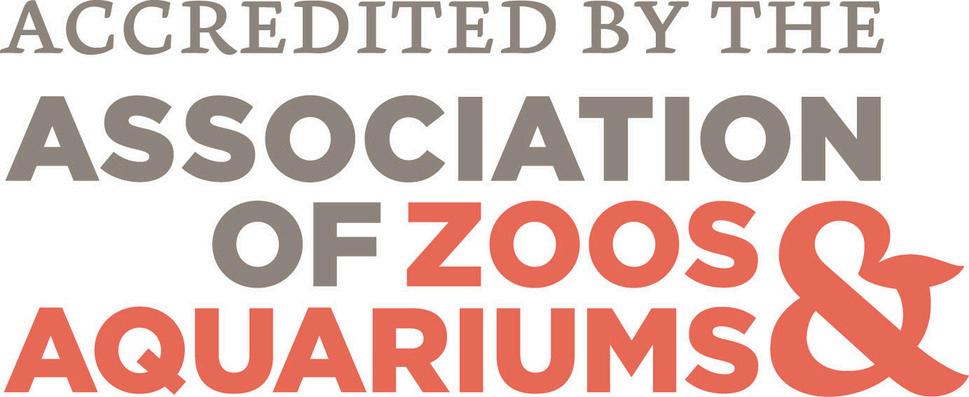
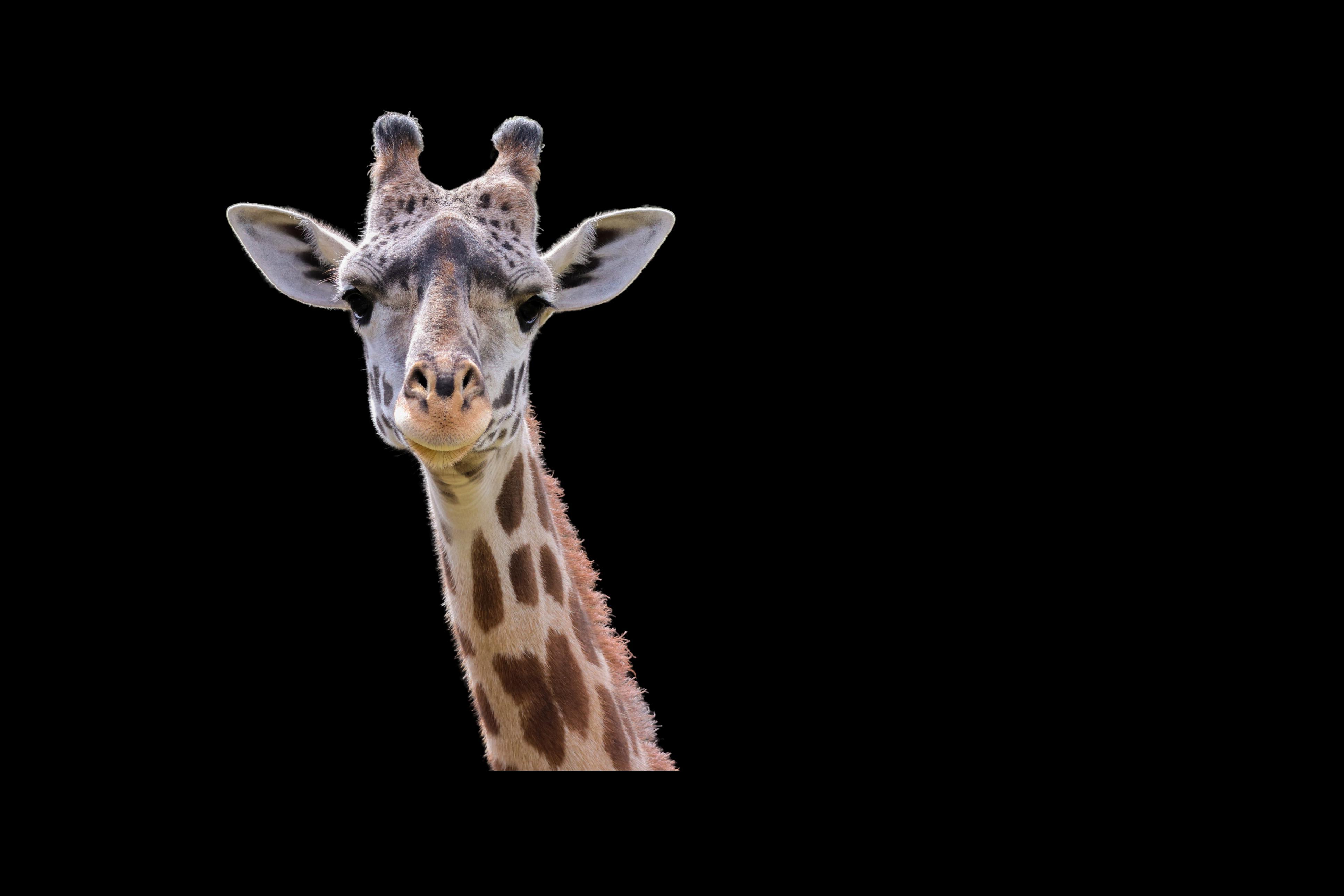

Block Island, Rhode Island is the home to the last known naturally occurring population of American burying beetles east of the Mississippi River. In the 19th century, American burying beetle populations covered the eastern half of the United States and neighboring Canadian provinces. Present day, there are isolated populations in only a handful of states including Arkansas, Oklahoma, Kansas, South Dakota, Nebraska, and on Block Island, Rhode Island.
American burying beetles are the largest of the North American carrion beetles. This federally protected species acts as a high-end recycler removing small animal carcasses from the landscape. Carrion (dead animal) is prepared by the adult beetles by coating it with secretions that keeps the carrion from rotting, basically embalming the resource. All carrion beetle species require a vertebrate carcass to rear their brood By removing carcasses from the ecosystem, the American burying beetles help to keep fly and ant numbers from reaching epidemic proportions.

Reintroductions of this species have been ongoing since 1991 starting with a pilot reintroduction effort conducted on Penikese Island, MA from 1991-1993. In 1993, US Fish & Wildlife and partnering organizations collaborated to reintroduce the American burying beetle to Nantucket, Massachusetts with the goal of creating a sustainable population. Beetles were sourced from the sustainable Block Island population and used as founding pairs in a captive breeding program at RWPZoo
Since 1995, RWP Zoo has successfully reared over 5,000 ABBs over multiple generations. To date, the program has released over 3,500 beetles to their historic habitat in Nantucket, MA.
The Zoo continues to monitor the reintroduced population and supplements it annually with the breeding program. 2024 marks the 30th year of this reintroduction effort to restore the American Burying Beetle to its historic range in New England!

1989 – American Burying Beetles are listed as an endangered species.
1994 – RWPZ becomes the sole breeding facility for American burying beetles starting with 19 male and 11 female beetles taken from Block Island.
1991-1994 – Pilot reintroduction effort started on Penikese Island, MA.
2011 – Number of annually provisioned broods decreased to a maximum of 25 broods.
2006 – The AZA created a SSP for American burying beetles, the first terrestrial invertebrate to become an SSP. Director of Cons. Lou Perrotti was selected to direct the American burying beetle SSP.
1993 – USFWS and partnering organizations collaborate to release American burying beetles to Nantucket, MA.
2020 - Due to travel restrictions, no population monitoring or provisioning took place in this year.
2012-2016 – The American burying beetle population on Nantucket experienced a sustained decline.
2007 – The conservation plan halted reintroduction of beetles from the breeding program.

2017 – It was decided to begin the breeding program and reintroduction step of the conservation plan again.
2021 – Traps were set and monitored with no American burying beetles detected,
2023 - Early summer trapping resulted in 10 ABBs being captured including 2 marked in late summer 2022. These 10 ABB along with another 103 adult ABBs from the breeding program were released and provisioned on the island. Success of the 2023 reintroduction efforts was confirmed with 81 adult ABB being captured in late summer at all trap sites.
2022 - In June, 70 captive bred American burying beetles were provisioned. In August 58 newly eclosed tenerals were captured.
2024 - Early summer trapping in Nantucket captured 36 ABBs, over 3 times as many beetles as were trapped the previous year. Those 36 beetles plus another 400 bred as part of the breeding programs were released and provisioned. SUNY Cobleskill was able to join the breeding program helping to contribute 100 of those released to help boost the population. Subsequent exhumation of 30% of broods revealed an estimated 1,751 larvae. Late summer trapping in August yielded over 300 teneral ABB, with an average of 2.9 beetles per trap night making 2024 a record breaking year. 8

The rare New England cottontail, a threatened species of native rabbit once abundant throughout the New England region, is getting much-needed help. Starting in 2011, biologists from the New England Cottontail Captive Breeding Working Group (NECCBWG) teamed up to restore populations by breeding these rabbits in managed care and releasing them into their natural habitat. This program has made promising progress toward boosting cottontail numbers while the partners also work to protect and restore habitat throughout the range of this species


RWPZoo has spearheaded the New England Cottontail breeding program since 2011, providing dedicated resources and expertise The Zoo continues to provide expertise to sustain a supply of healthy rabbits from the breeding program for the reintroduction and population augmentation initiative. Partners in Massachusetts, Connecticut, Maine, New Hampshire, and New York continue to contribute wild-caught "founder" rabbits, genetically verified by the University of Rhode Island, to sustain the program. These “founder” rabbits produce the offspring for reintroduction efforts and population augmentation.
Research conducted by URI students has significantly advanced breeding success. Video analysis in 2019 revealed a lack of copulation as a key factor in breeding failures
Subsequent mate choice studies, allowing females to select partners, have shown promising results. In 2022, the Zoo rabbit breeding team and a URI masters student experimented with a mate choice study by allowing the female breeding rabbit to preview three different male rabbits before being paired to breed. The male rabbit that the female rabbit spends the most time with becomes the chosen mate Since the mate choice study began, the results seem successful with more kits successfully weaning. In 2023, URI engineering students developed an automated system to streamline mate choice analysis. These students will continue to adapt this system in 2025.
Ongoing improvements in 2024, such as enhanced birthing pens, have increased kit survival rates. With improved space, rabbits were observed building more defined nests mimicking behaviors of wild rabbits resulting in a higher yield of weened kits. The Zoo continues to contribute to vital research, including genetic studies at UNH and ongoing mate choice investigations with URI These collaborative efforts are crucial for the longterm success of the New England Cottontail reintroduction program.

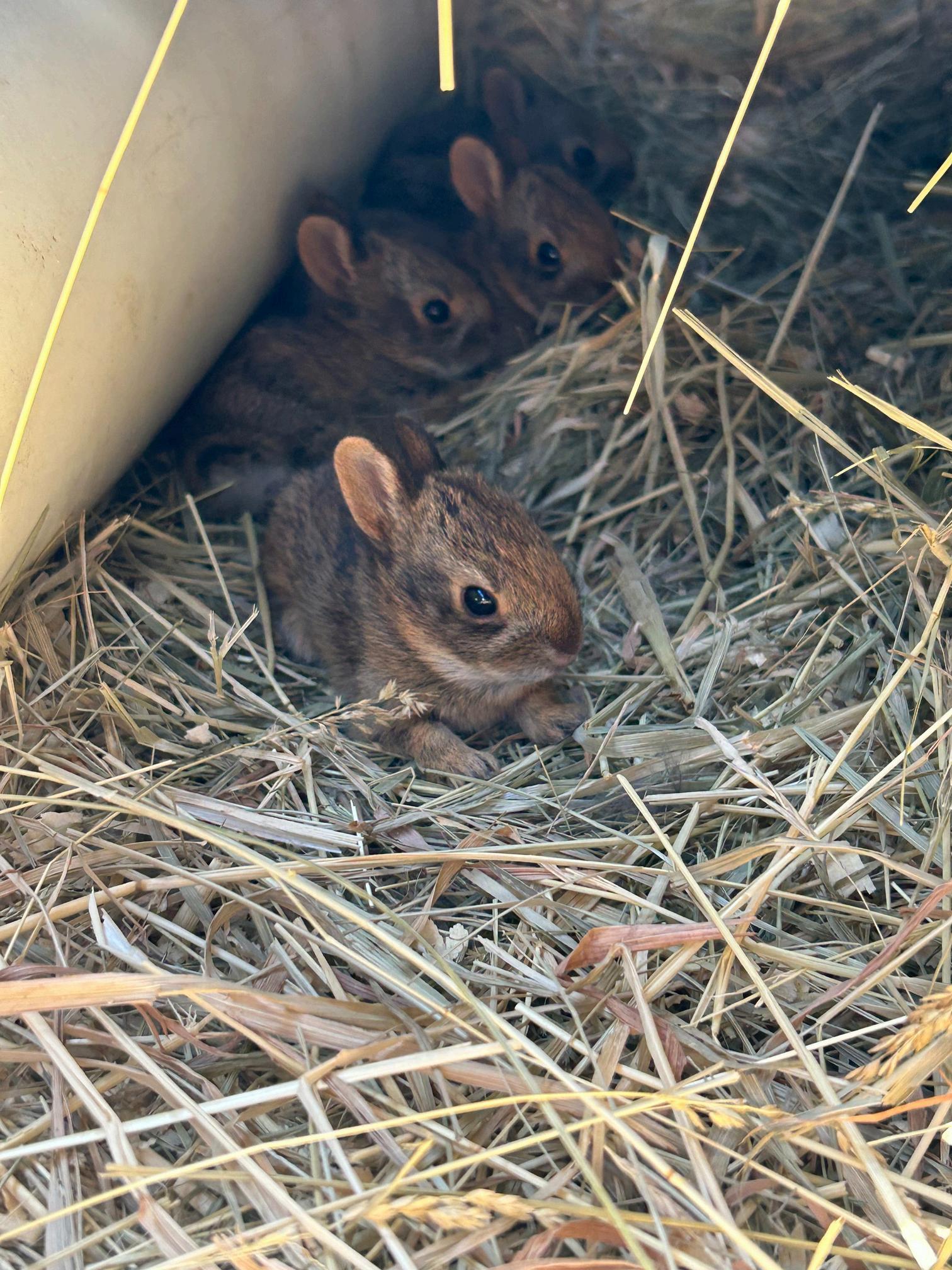
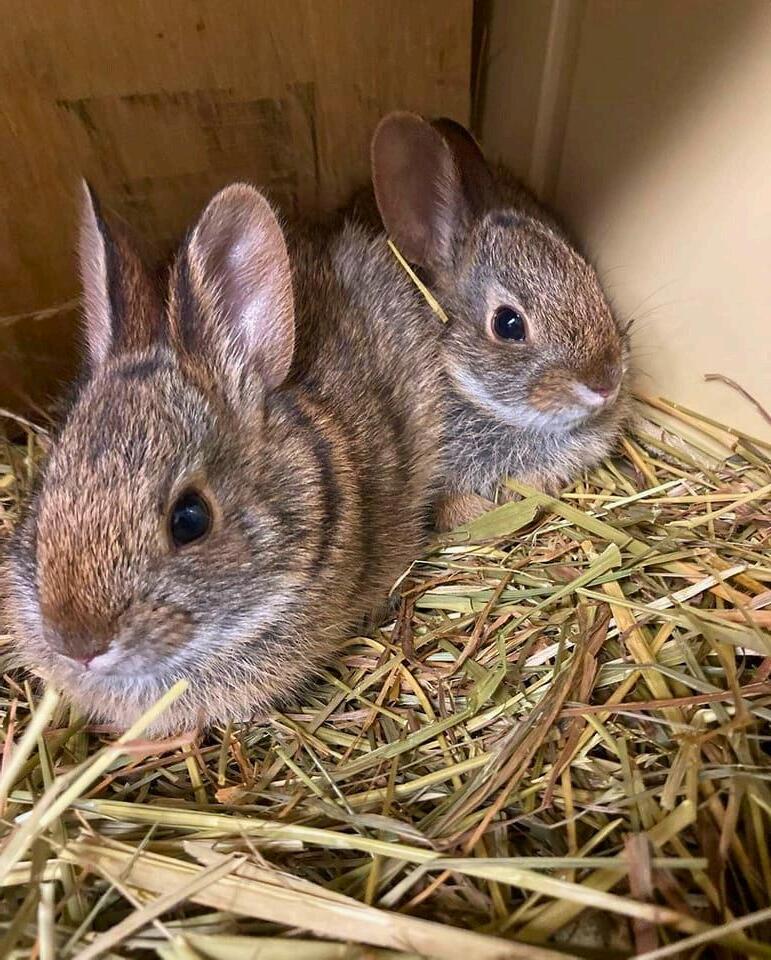


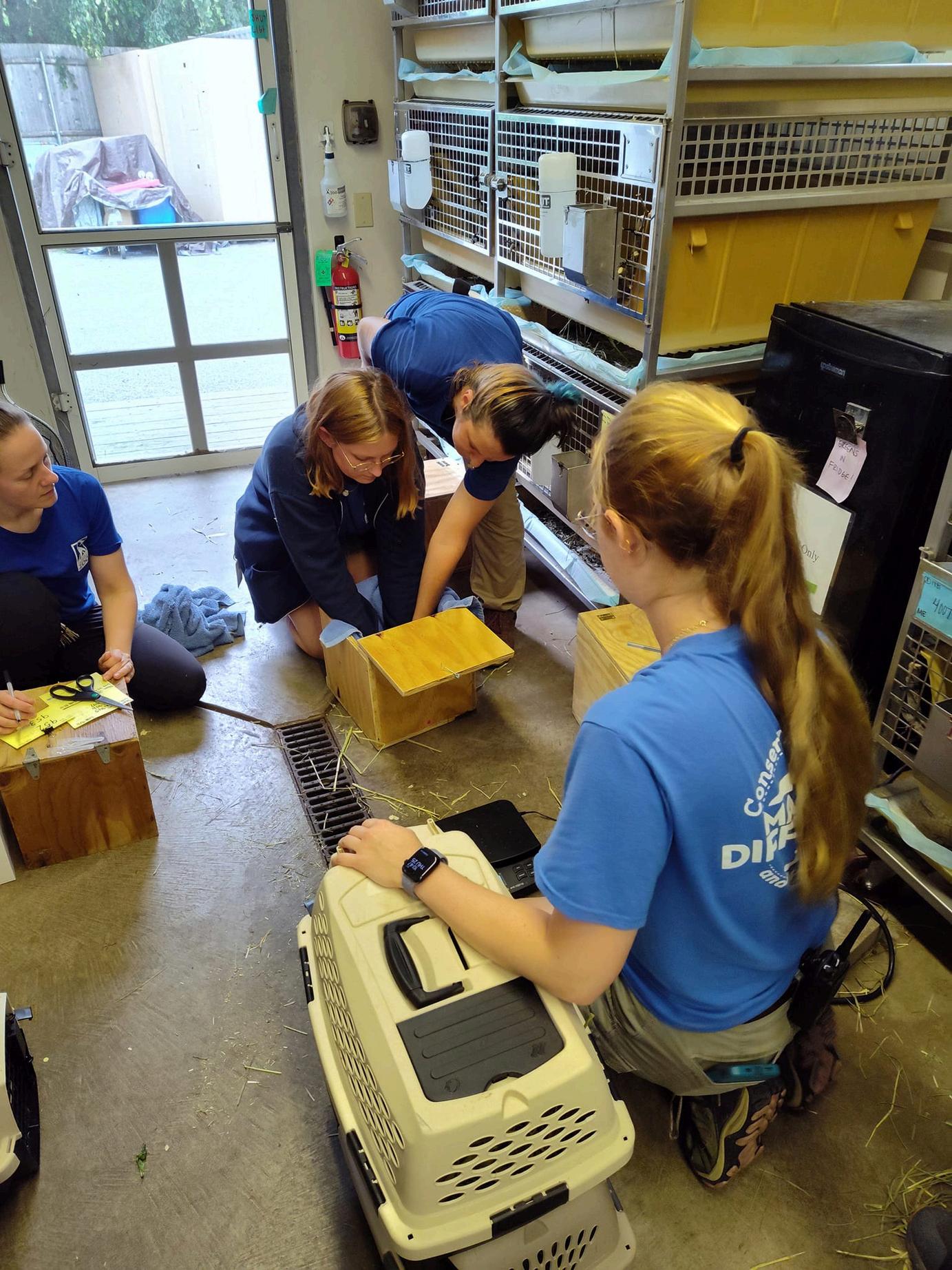
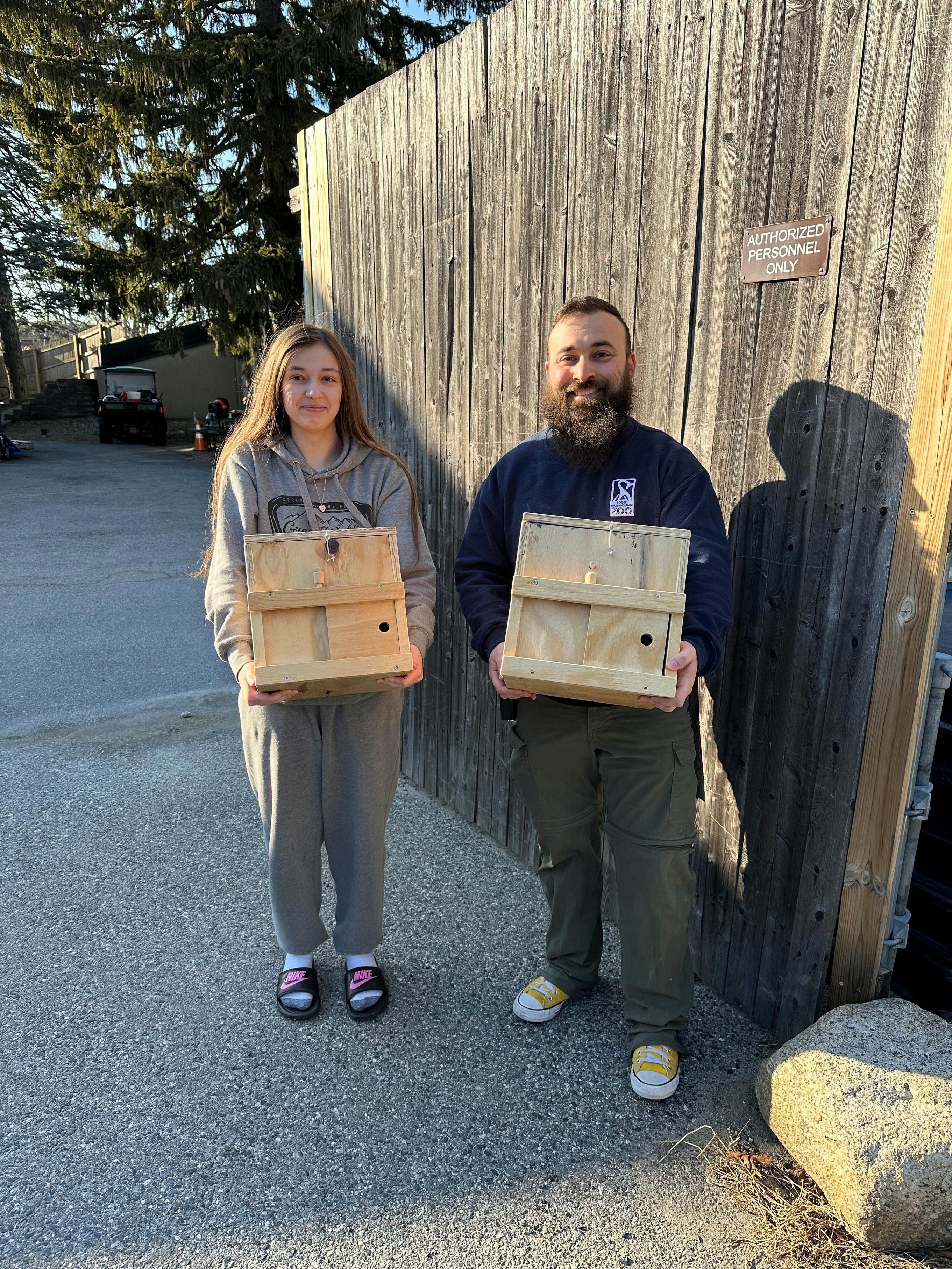

Earlier this year, Maddy Carvalho completed her Eagle Scout project by constructing a dozen new nesting boxes for our New England Cottontail Rabbits. These boxes help husbandry staff care for our managed rabbits daily.
New England cottontails introduced to the wild in Rhode Island, New Hampshire, and Maine.


RWPZoo joins partners from RIDEM, URI, USFWS, along with other conservation organizations on the project Operation Spadefoot Rhode Island. This project aims to study and restore populations of Rhode Island’s only state endangered amphibian, the Eastern Spadefoot toad. Although common in other parts of the country, there are only a few known breeding sites of this toad left in Washington and Kent counties of RI.
Eastern Spadefoot toads spend most of their lives buried in sandy loam, only rising briefly to breed in shallow wetlands filled with rainwater. They typically breed after heavy rainfall between April and September in pools that are temporary enough that they don’t support potential spadefoot predators, like the larger bullfrog. This species may not breed every year if conditions are unfavorable. As a predator of insects, the eastern spadefoot toad functions to help control insect population in their ecosystem The biggest threats to frogs and toads in Rhode Island are habitat loss and fragmentation.
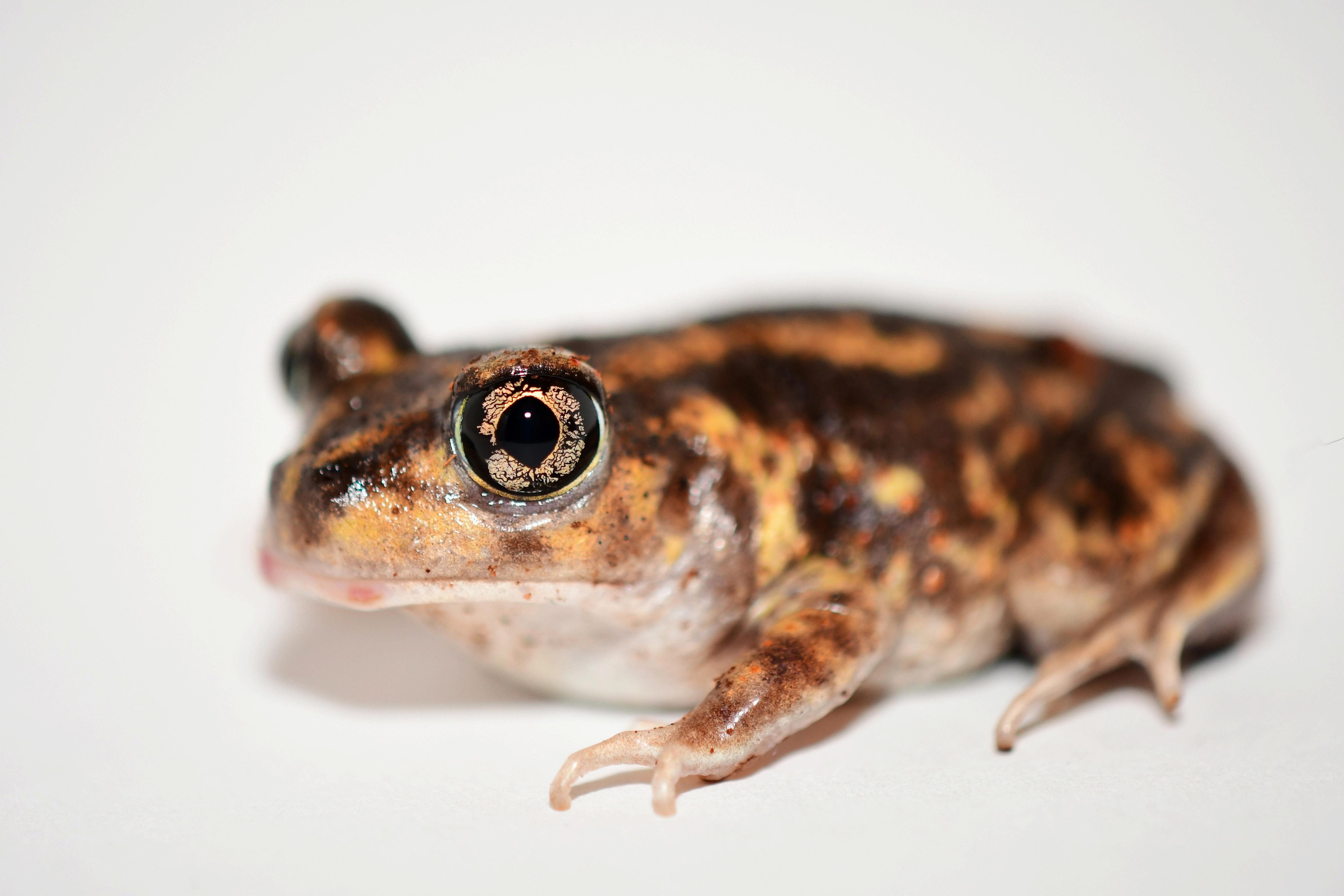

2019 - 800 Eastern spadefoot tadpole into select sites across Washington Co was a groundbreaking moment for the species here in New England.
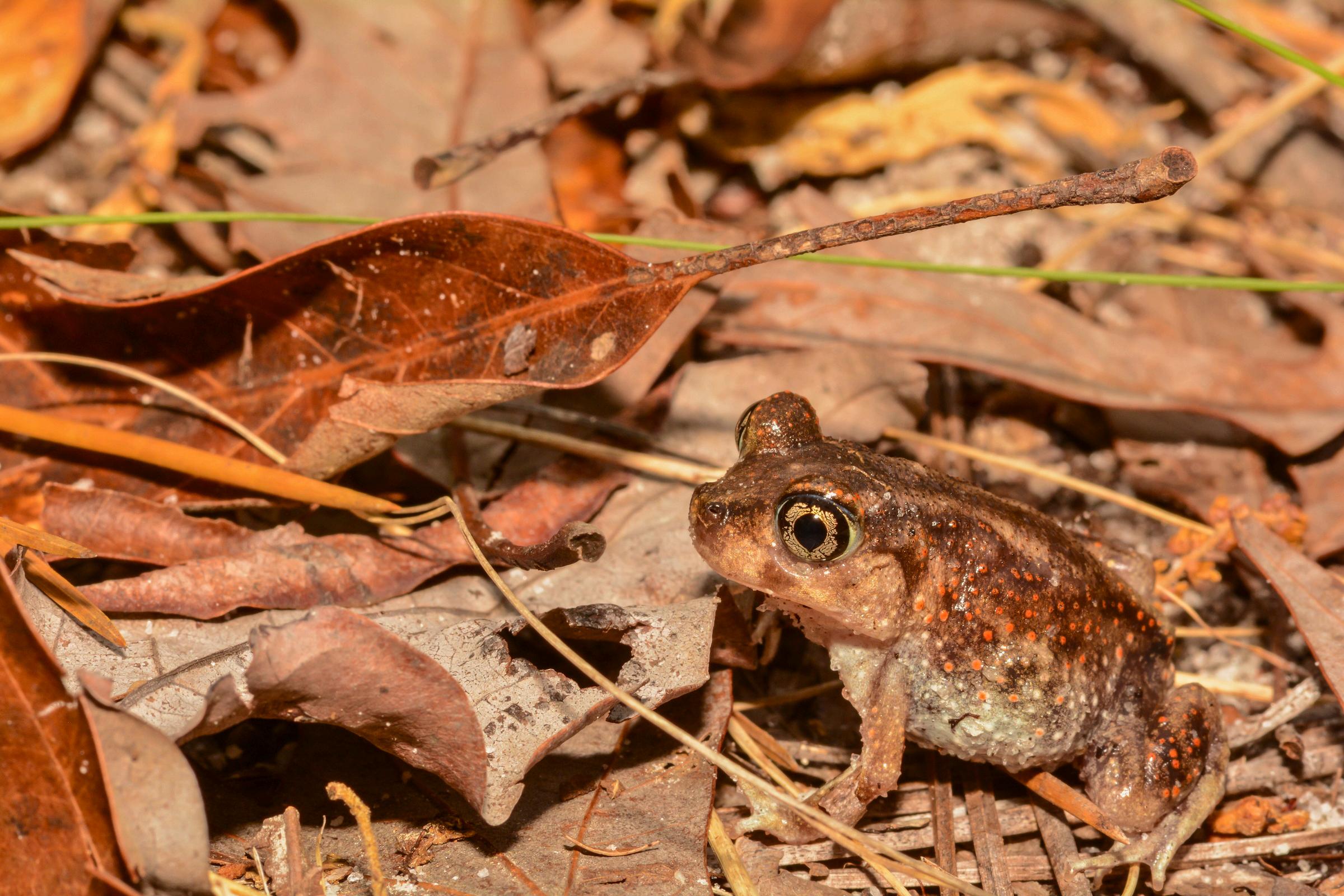
2020 - RWPZoo joined conservation p habitat pools as part of Operation Spa restauration project aimed to repopu Eastern spadefoot toad. Volunteers and team members onsite dug lined, and seeded two pools on land owned Land Trust.
2021 - After heavy rains during hurricane He one of the pool sites. As the pool dried up, n were rescued and then raised until they wer 300 were released to the site they came fro introduced to two other artificial breeding s the range of this state endangered species in
2023 - A rainstorm triggered a breeding even Eastern spadefoot toads in Charlestown, RI. drying up rapidly, USFWS collected over 3,8 reared by RWPZoo conservation director Lo for a release. Once big enough, the toads we precaution to ensure they were healthy befo Operation Spadefoot RI partners released about pool where the tadpoles where found in Charlest 2,000 toads were released to the two other artif that were constructed back in 2020.
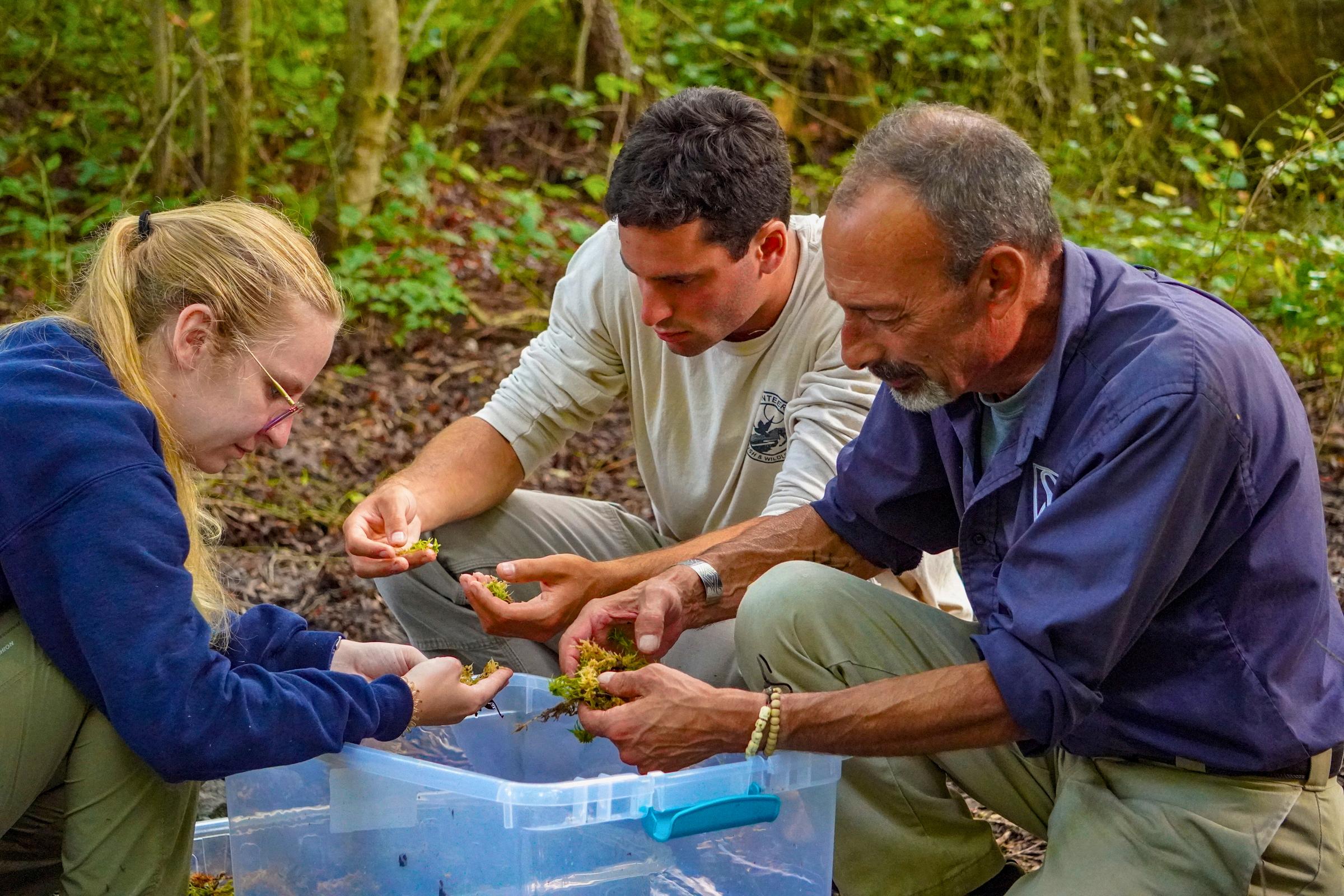
2024 - A breeding event occurred at one of our k sites of Eastern spadefoot toads. Partners came translocated about 2,000 tadpoles to habitat res to continue to grow these populations. These yo reach breeding age in 2-4 years and await anothe begin another breeding event.

In 2024 we had 20 FrogWatchers return for the season and we successfully trained 15 new volunteers. This was the first year we have been able to offer in-person training since 2019 when the pandemic shifted programs to virtual learning. Together this year, our chapter contributed 466 observations reported to FrogWatch USA database in all of the New England states except Vermont
FrogWatch USA is a community science program started in 1998 that has since established an expansive network of chapters across the United States. RWPZoo has been an active chapter since 2008. FrogWatch USA provides individuals and families the opportunity to learn about wetlands in their communities and contribute to science by reporting the breeding calls of local frogs and toads.
Amphibian species are disappearing at an alarming rate across the globe due to a number of factors such as habitat loss, pollution, and disease FrogWatch volunteers go through trainings that cover the importance of amphibians in the environment, how to monitor our local frog population to protect the species, how to tell frog species apart by their calls; and how to report findings to FrogWatch USA database on Fieldscope.
After passing a test on identifying frog calls at the end of the training, certified volunteers then commit to monitoring a local amphibian habitat approximately once a week for about 15 minutes and submitting data on what they hear.
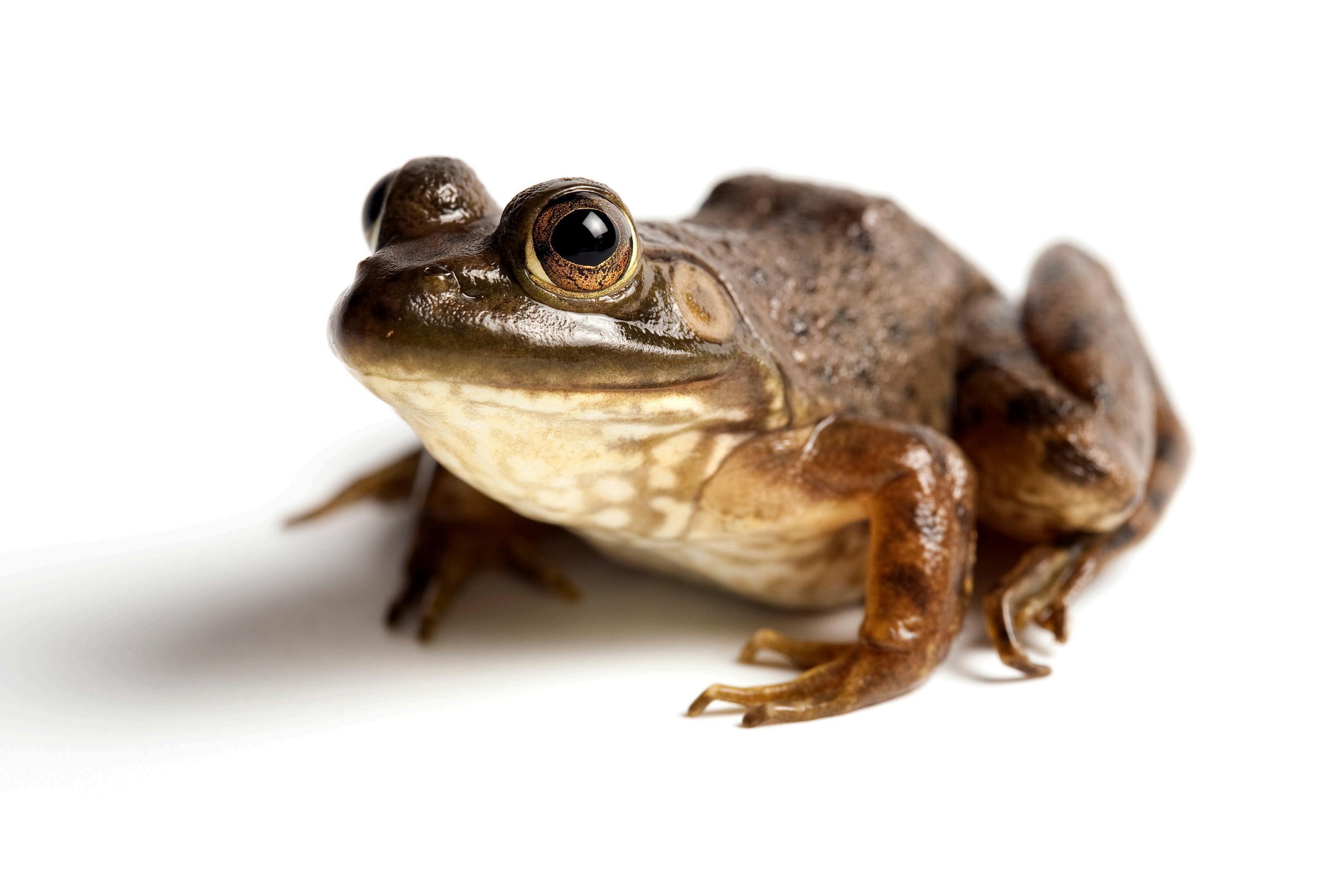
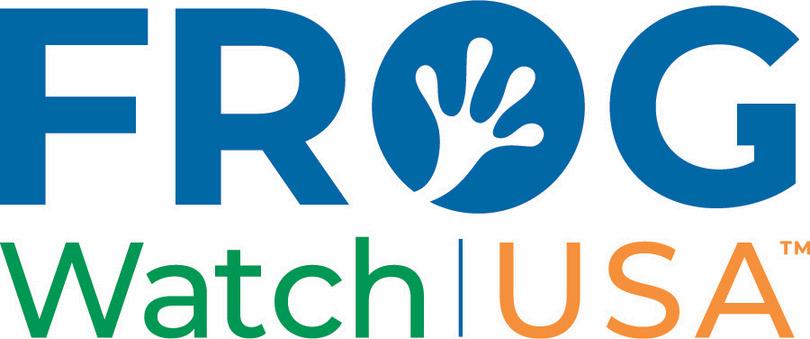
RWPZoo FrogWatch volunteers respond to,
“What do you like most about being a FrogWatcher?”
“We enjoy listening to the magic of the various frog trills! Of course, the peepers are always so awe-inspiring to hear during the peak of the Spring season ... My most favorite thing about being a frogwatcher is capturing a photographic moment! We have to appreciate that because I have noticed that it is getting more difficult to actually SEE them. I only had one "visitor" to my pool this season and in year's past, I would be rescuing the frogs weekly.”
“Connecting us to nature and what's happening all around us all the time. Taking the time to slow down and notice.”
“Hearing the frogs-it’s magical”
“Connecting with nature & being a citizen scientist”
·“Serving to help the environment.”

Starting in 2016, RWPZoo started working alongside RIDEM to help collect valuable data about our RI Wood turtle populations. This ongoing study is aimed to help better understand how Wood turtles are using landscapes

As a native RI species, Wood turtles are well adapted to the New England climates frequently inhabiting streams and rivers as well as nearby terrestrial habitats during the summer months. Wood turtles aid in important nutrient recycling and act as effective seed dispersers in their ecosystems. Unfortunately, Wood turtle populations have declined due to many factors including habitat loss, road mortality, and illegal turtle trafficking.
Prior to the start of this research, there was no movement or spatial data available for Wood turtles in RI. By getting a better understanding of Wood turtle movement patterns and habitat use, land management decisions can be made to better support this important turtle species. More recently, information on individual turtle movement has been collected using radio-transmitters and geolocating loggers. Data collected from these loggers are programmed to record the location of each turtle at least 4 times a day during their active season (March-November). The ongoing research of Wood turtles is essential for developing conservation measures in the future to ensure this species is protected.
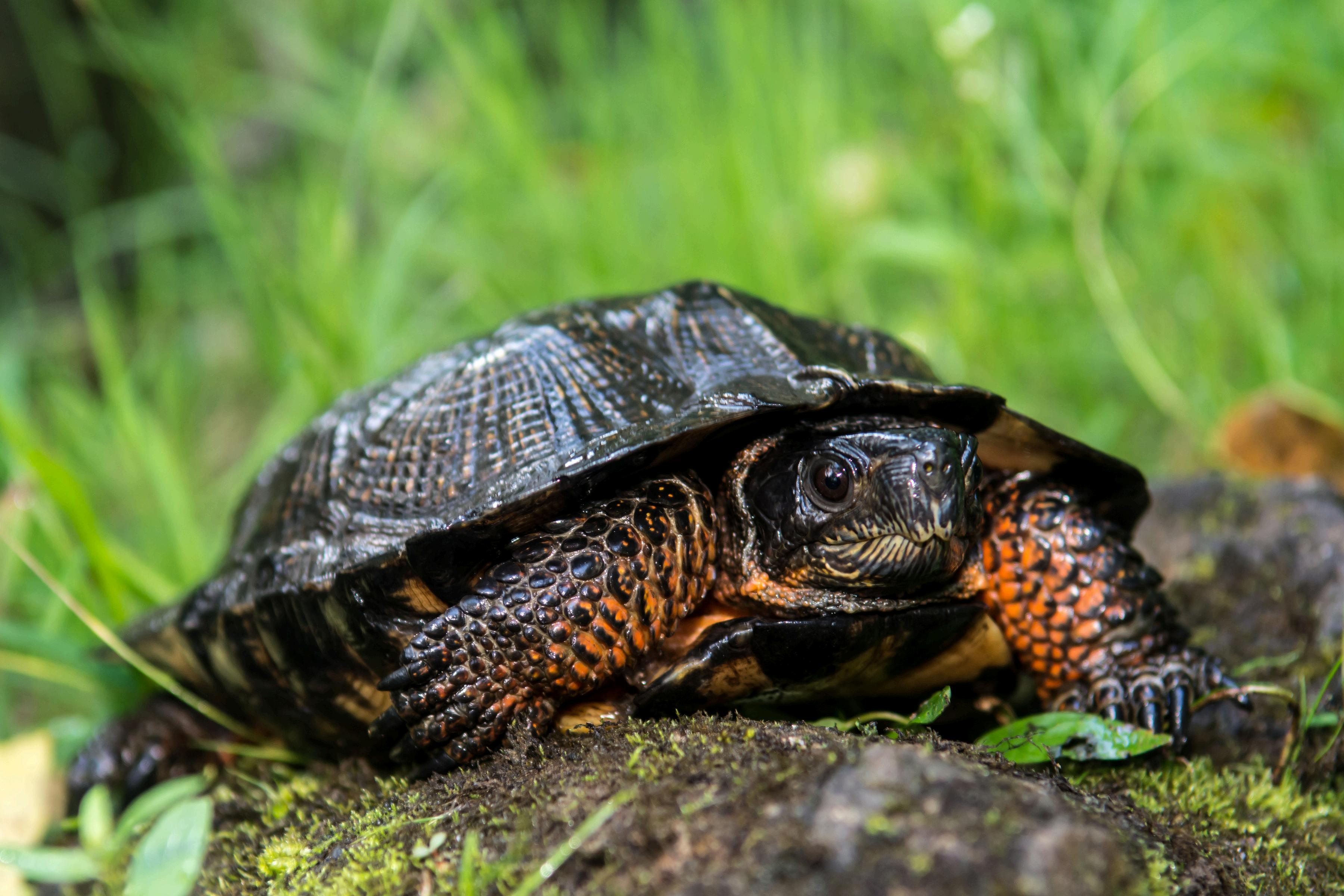
Preliminary analysis of data revealed significant spatial dynamics that with further analysis will provide comprehensive models of habitat use The team are hopeful that with continued research across new habitats, more information about seasonal habitat shifts and vulnerabilities can be studied across wood turtle landscapes. We were grateful to receive support from a grant through the June Rockwell Levy Foundation which helped us to purchase important field supplies so we can continue our work.
Director of Conservation, Lou Perrotti, has been an important contributor in the conservation of RI turtles and currently serves as the Wood turtle studbook coordinator for AZA.
Discover the captivating world of wood turtles, a native Rhode Island treasure Delve into the unique habitat, behavior, and conservation efforts dedicated to preserving these majestic creatures. RWPZoo alongside Rhode Island Fish & Wildlife and Rhode Island DEM, conducts a survey of wood turtle populations. Turtle surveying is an important tool, as it helps to track population trends and identify areas where turtles are most at risk
In 2024, the Zoo supported the RI nature Video Festival at Rhode Island College. The free event showcased several short films including Turtle Surveying and Conservation.
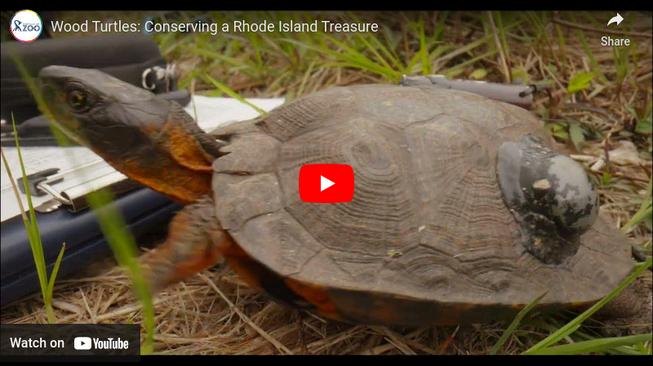

Since 2019 the RWPZoo has been an active member of the SAFE North American Freshwater Turtle program, working alongside AZA partners, state and federal agencies, the Turtle Survival Alliance, the Turtle Conservancy, and the Collaborative to Combat the illegal Trade in Turtles (CCITT) to provide housing and vet care to North American turtles being confiscated from the ever-growing illegal pet trade.
The SAFE North American Freshwater Turtle Program focuses on five species of North American freshwater turtles including the Bog turtle, Spotted turtle, Wood turtle, Blanding’s turtle and Eastern box turtle. It addresses all Terrapene species due to the high numbers of these species being found in the illegal trade. These species are all semiaquatic, long-lived, and take many years to reach sexual maturity. Four of these species are currently listed by the IUCN as endangered or critically endangered with the Eastern box turtle being listed as vulnerable and a species of conservation concern in RI All are of significant concern to USFWS.
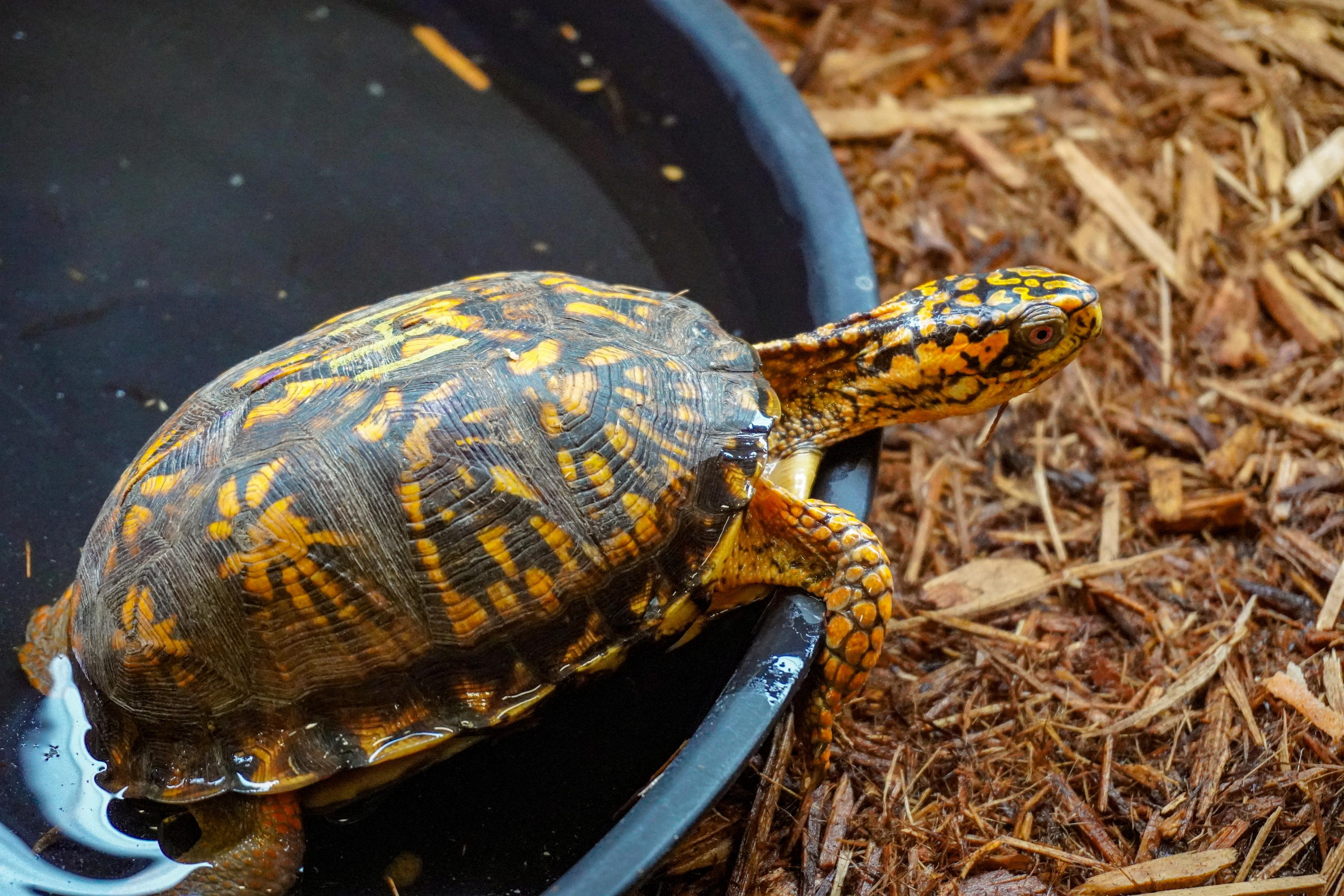
The RWPZoo and partners are working with the SAFE program to develop protocols applicable to the conservation of all species of turtles, this includes dealing with confiscations, increasing holding capacity for confiscated turtles, and the repatriation of confiscated individuals whenever possible including monitoring the success of confiscated turtles once released back to the wild.
“Confiscation to Conservation” is the SAFE goal.
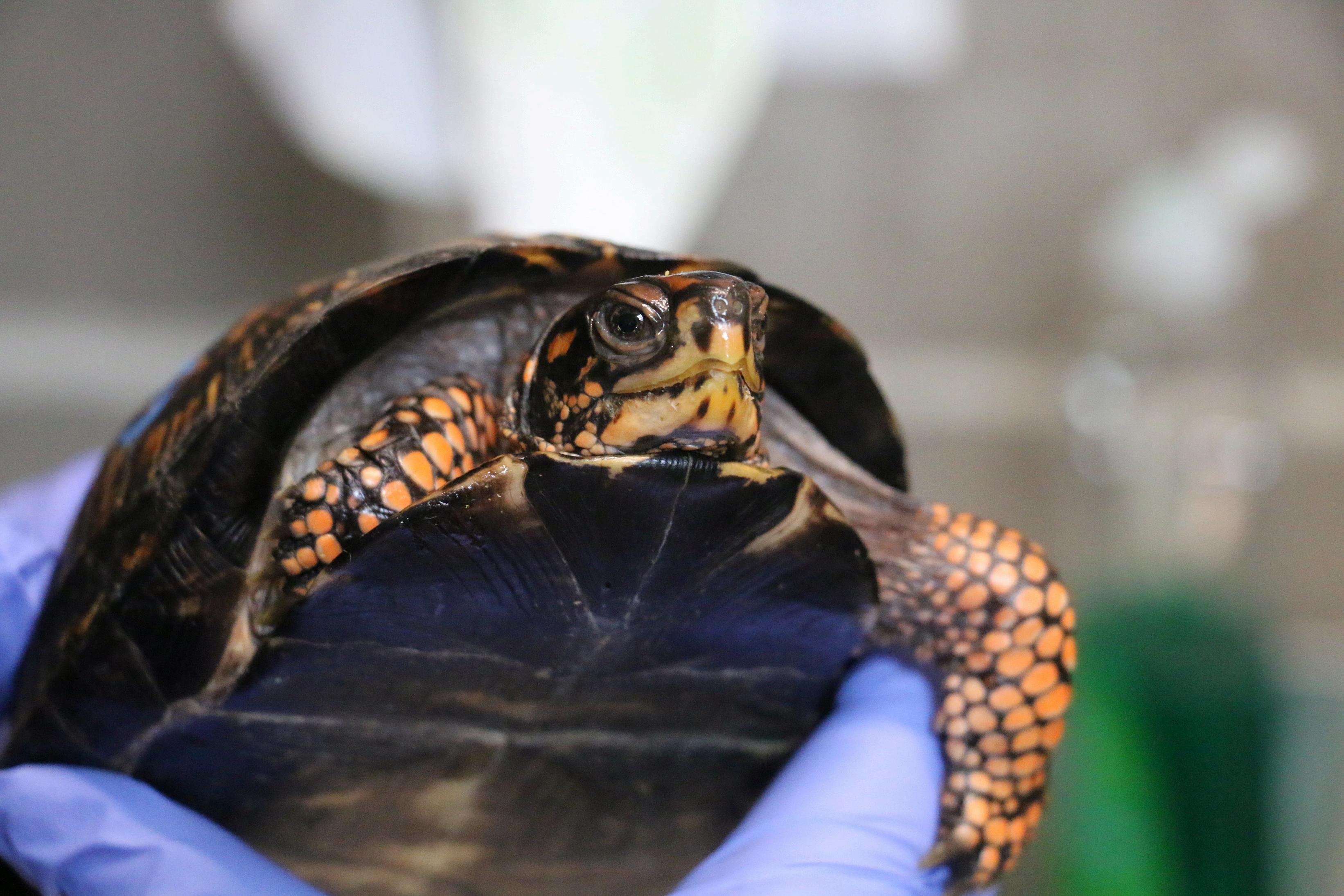

2021 – 10 Eastern box turtles confiscated from a private individual
2022 – 18 Eastern box turtles confiscated from airport 16 Musk turtles being confiscated before being sold online
2023 – 16 Eastern box turtles confiscated from airport 4 Mexican box turtles confiscated from airport
2024 – 12 Eastern box turtles confiscated from airport
Confiscated turtles are frequently dehydrated, malnourished, and often carry diseases. These turtles come right from the site of the confiscation directly to the RWPZoo and other partner holding institutions that provide the strict quarantine facilities dedicated to the housing and care of newly confiscated turtles. Once they arrive, all turtles are evaluated for health, disease tested by the veterinary department, and DNA samples are submitted to help identify where the turtles may have originated from. All turtles are held in these quarantine facilities until a clean bill of health can be given and permanent placement is determined. The RWPZoo and SAFE partners are working to establish protocols for either releasing confiscated turtles back into the wild responsibly or for integrating them into breeding programs that could produce offspring that will have a conservation value by providing young turtles for population augmentation and reintroduction efforts across their range.
Starting in 2019 a cooperative program between RIDEM Division of Fish and Wildlife and the RWPZoo was started to house and breed eastern box turtles (Terrapene c. Carolina), a Rhode Island native species.
The scenario in which box turtles are taken from the wild to keep as pets and subsequently surrendered to wildlife clinics is common. It is usually challenging to justify releasing these animals for various reasons (e.g., unknown areas of collection, the potential for disease, etc.). However, the possibility exists in many cases for these individual turtles to serve as breeders for conservation programs
The Division of Fish and Wildlife would like to explore the possibility of creating a program in which “unreleasable” box turtles are housed and bred by the RWPZoo at their facilities with the ultimate intent of head starting and releasing young turtles with a genetic heritage of Rhode Island origin into the wild.
In 2024 we saw our first Eastern box turtle hatchlings from the breeding program! These two hatchlings will overwinter in managed care and be considered for release next season
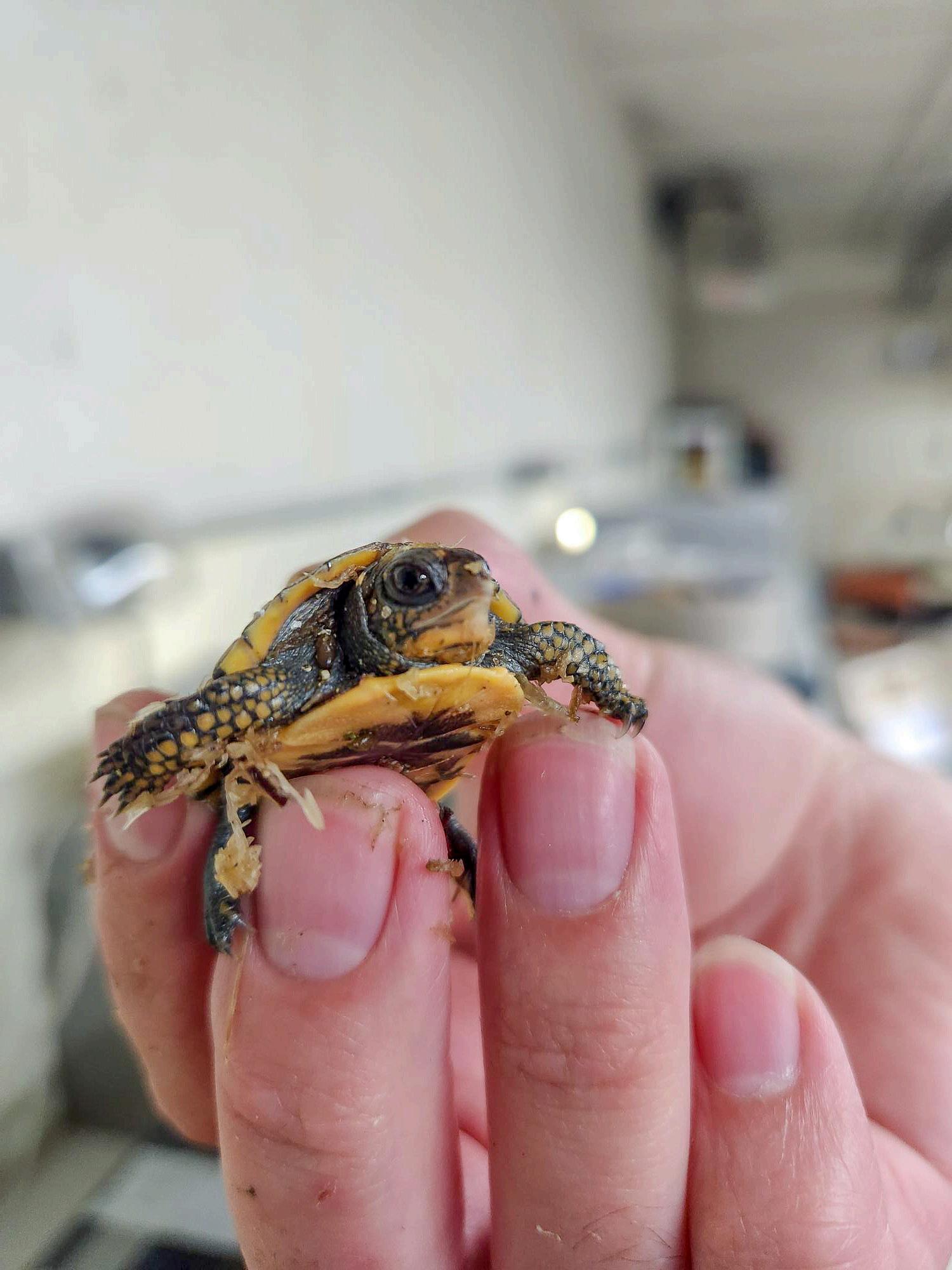
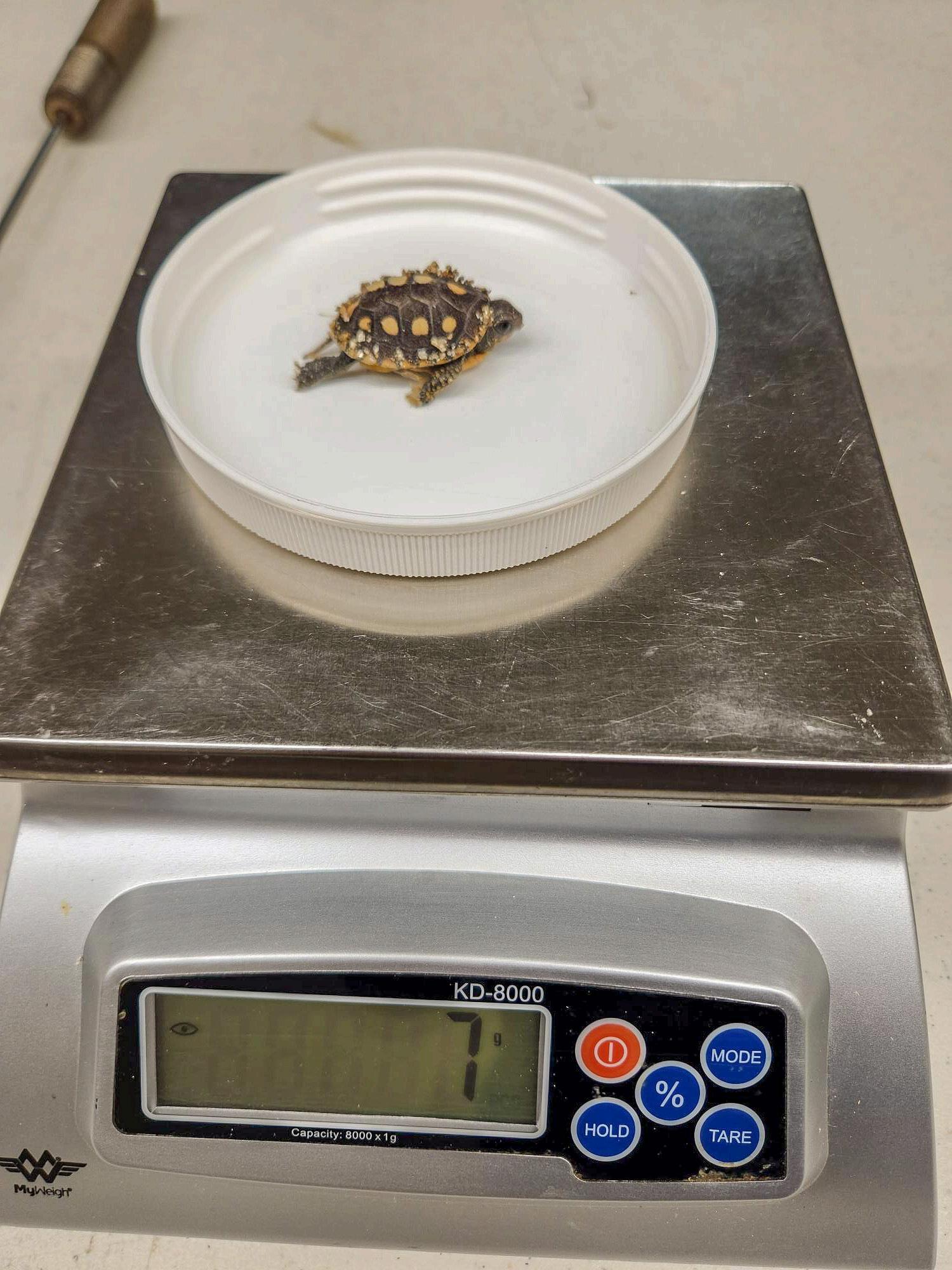
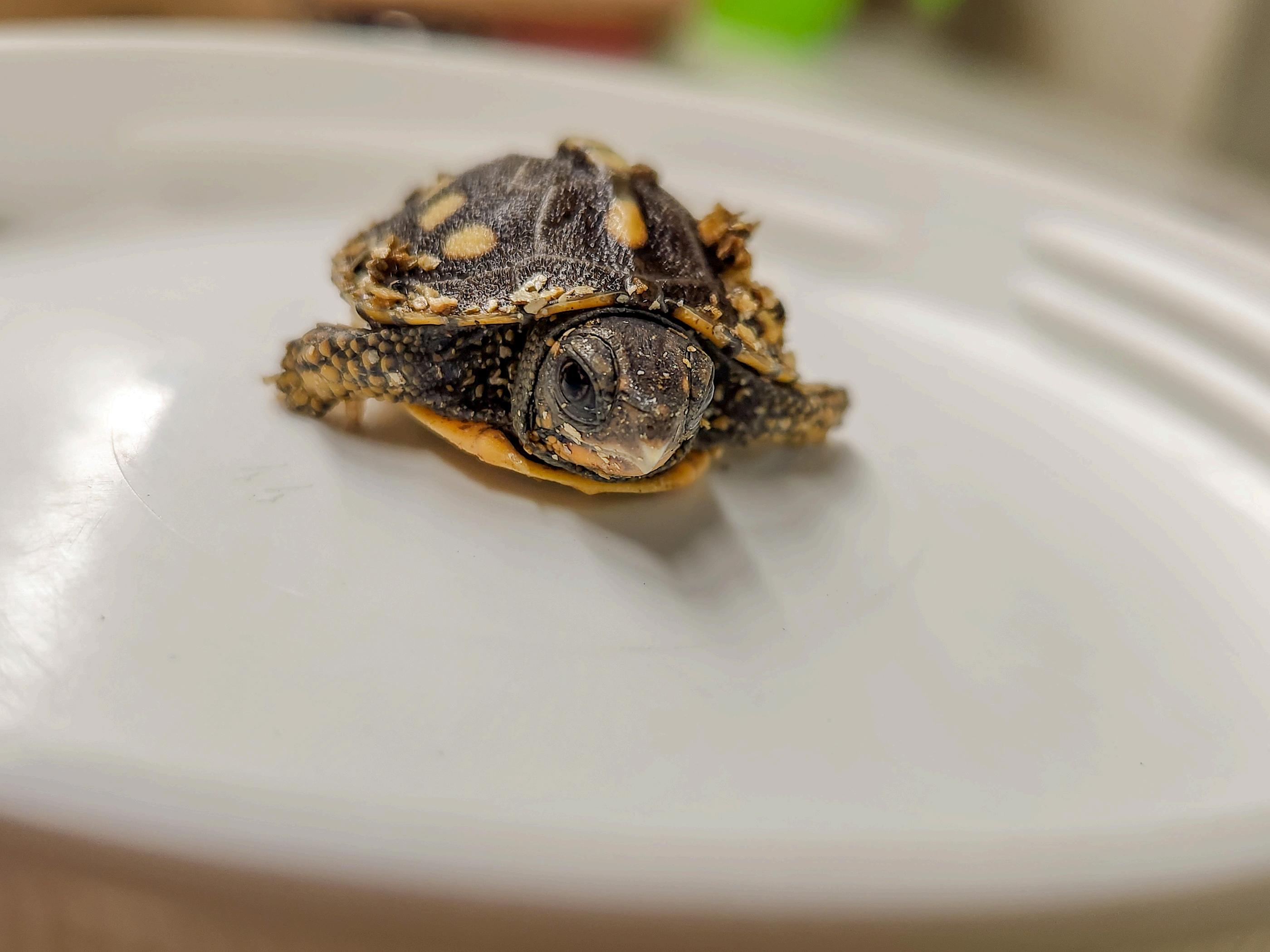
The Timber rattlesnake, is a species of snake now extinct in Rhode Island. Their territories have declined from 31 states to just 27 states which has resulted in it being listed an endangered species in several states RWPZoo has long been a champion of these unloved animals in peril and spearheaded a program at the Zoo in 2010 to work on recovery of this endangered snake species.
The Zoo has partnered with New England biologists and conservationists to save the region's critically endangered timber rattlesnake populations. Recognizing the urgent need to protect this species, the collaborative effort aims to establish a captive genetic reservoir from the most threatened populations. This involves head-starting, potential future captive breeding, and addressing the fungal dermatitis issue. To support this vital initiative, RWPZoo has agreed to receive and house timber rattlesnakes from these endangered populations.
The Timber rattlesnake faces severe threats, primarily from human fear and habitat loss, leading to its extirpation from much of its historic range, including Maine, Rhode Island, and parts of New England Since 2009, a fungal disease has been detected in
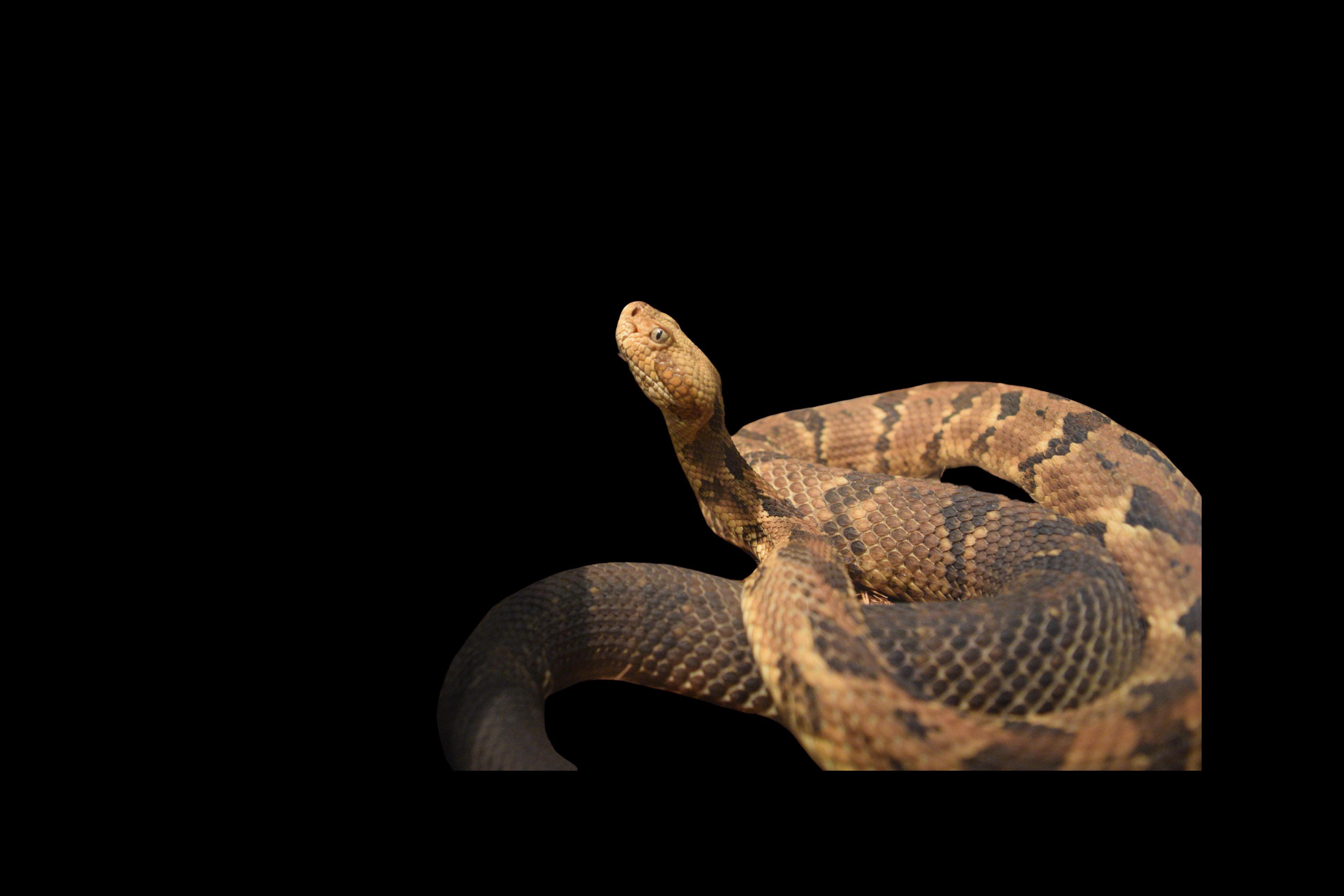
In 2023, the Zoo joined the SAFE North American Songbird program, which works to reduce threats to North American songbirds through education and conservation efforts.
This program focuses on native songbird conservation through reducing bird collisions, reducing free-roaming cat impacts on wildlife, and it focuses on preserving, enhancing, and building native habitats. This program also begins to address reducing contaminants that affect North American songbirds, promotes smart consumer choices like buying Bird Friendly Coffee, and encourages participation in community science.
Preventative window decals have been installed on all windows of concern across campus to reduce accidental bird strikes on Zoo grounds. Because birds do not see glass as a solid object, glass poses a potentially deadly hazard to them. To help support a safer environment for our feathered friends on campus, these decals and other preventative measures can be seen on all habitat windows. Additionally, the Zoo has enacted a new bird strike protocol to regularly track and respond to bird strikes that do happen so hazards can be regularly evaluated and addressed.

Party for the Planet celebrated healthy habitats with a special focus on our SAFE North American Songbird initiatives. Visitors got to learn more about native plants and how they support songbirds and pollinators alike, taste certified Bird Friendly coffee thanks to our partners at Fogbuster Coffee Works, and connected with our local partners who came out to celebrate songbirds and birds across the globe!
New bird houses thanks to local scouts
Scouts from Troop 1 Gaspee Plateau Boys and Troop 1 Gaspee Plateau Girls built a dozen new bird houses to be installed throughout the Zoo. Within just a couple of months after installation, birds were already reported to be occupying their new houses! As the Zoo sees a wide variety of songbirds throughout the year, these birds houses will be regularly evaluated to see their effectiveness and what species they support.
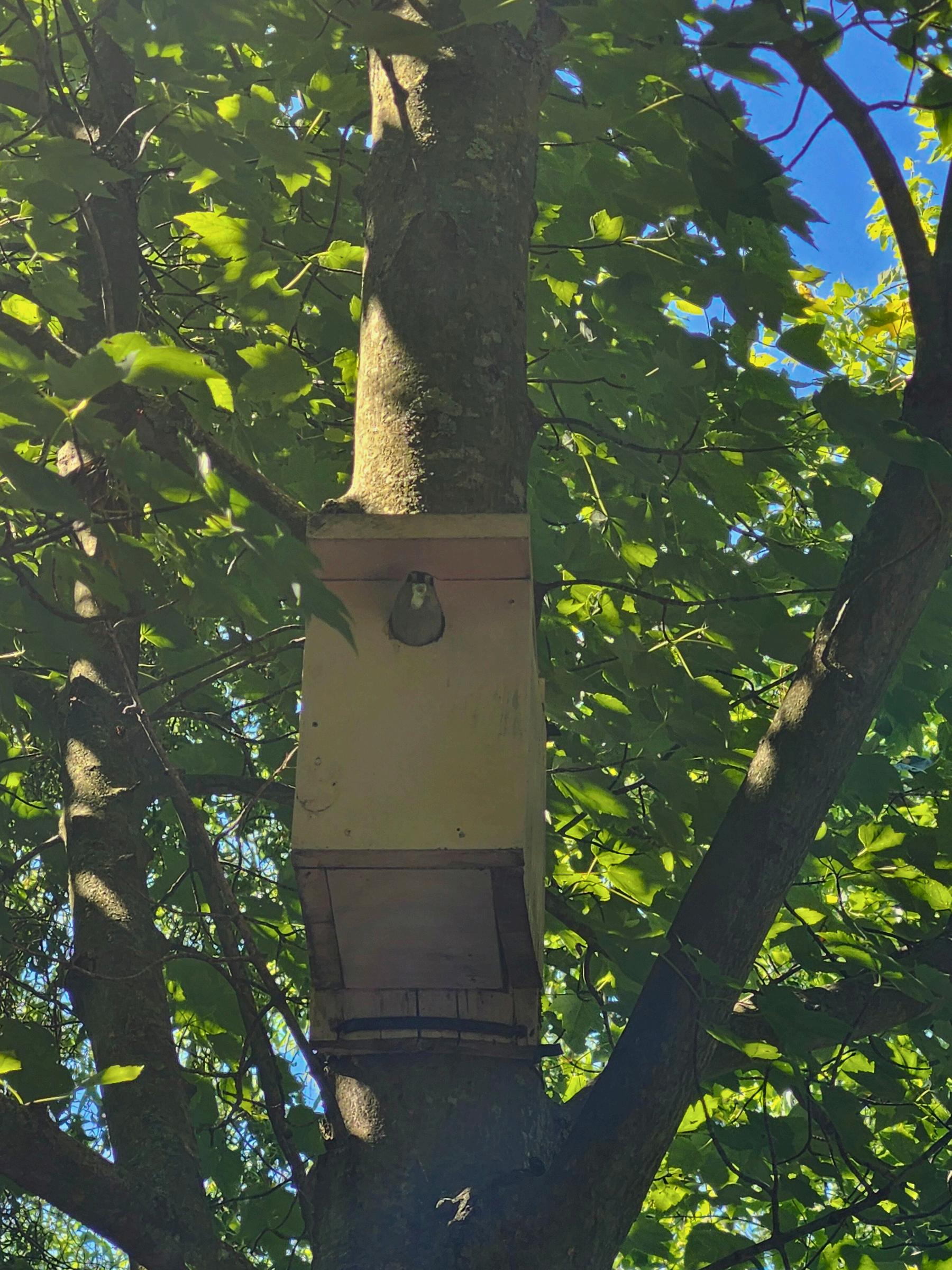
Our Motus tower installed on top of the Education Center last year has detected four species of birds including American Woodcock, American Kestrel, and Short-billed Dowitcher.
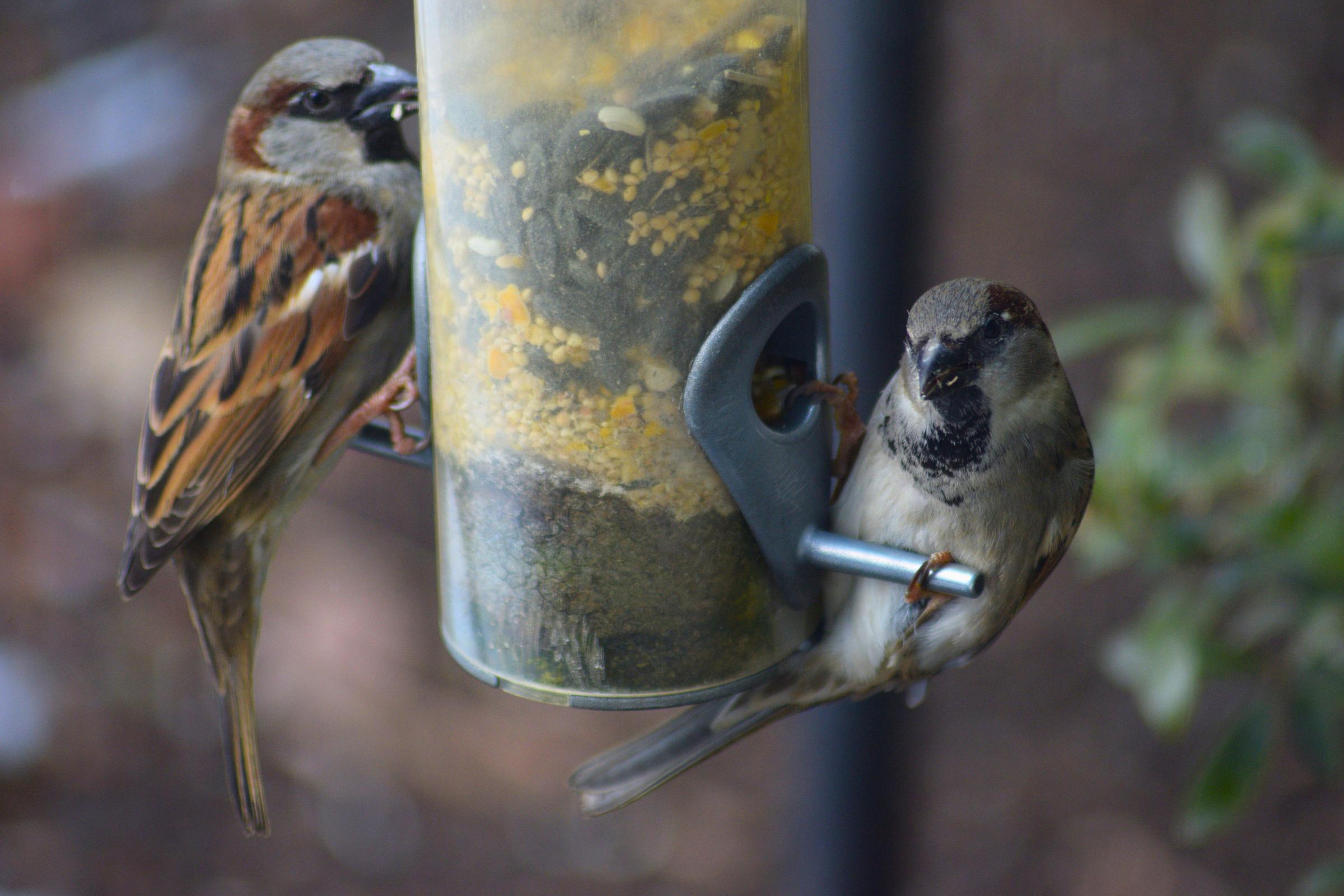
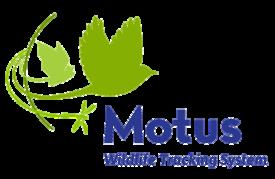
he Zoo has had a registered Project eederWatch site since 2018. Zoo visitors and aff alike are encouraged to visit Hasbro’s Our g Backyard FeederWatch site to make bservations of the species that visit our bird eder. This past year, we recorded 19 species. ver the past 6 years, we’ve seen 22 species of rd in total!
The Zoo participated in its first Great Backyard Bird Count, a global event run through the Cornell Lab, Audubon, and Birds Canada where community scientists across the work count all the birds they see and hear over a period of 4 days. The Zoo hosted events each of these days and encouraged folks to come out and count birds!
Throughout the count, there were 16 species of birds either heard or seen. This included a Ruby-crowned Kinglet, Downy Woodpecker, and a Red-tailed Hawk!
Some of our Docent, Play Partner, and Earth Agent volunteers came in to help count and they facilitated fun bird-themed activities. These activities reached 125 visitors
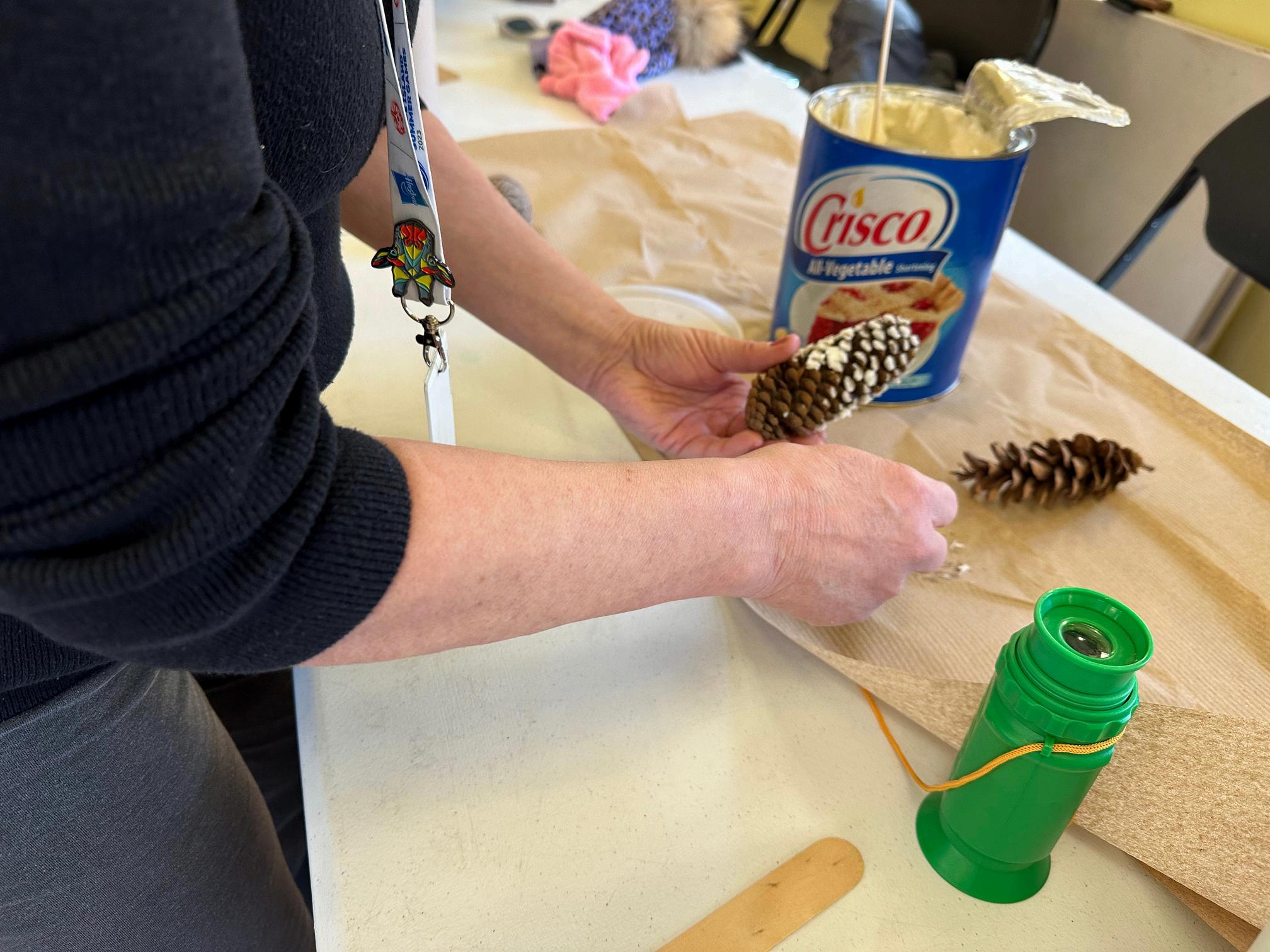
RWPZoo has been a longtime supporter of the Rhode Island Natural History Survey and their annual BioBlitz event. For this event, volunteers working in teams have 24 hours to tally as many species of animals and plants as they can on a particular parcel of land. The Rhode Island Natural History Survey organized the first Rhode Island BioBlitz in 2000, held in Roger Williams Park. As a partnering organization, Roger Williams Park Zoo provides annual financial support, training, public awareness efforts, and staffing for the event.
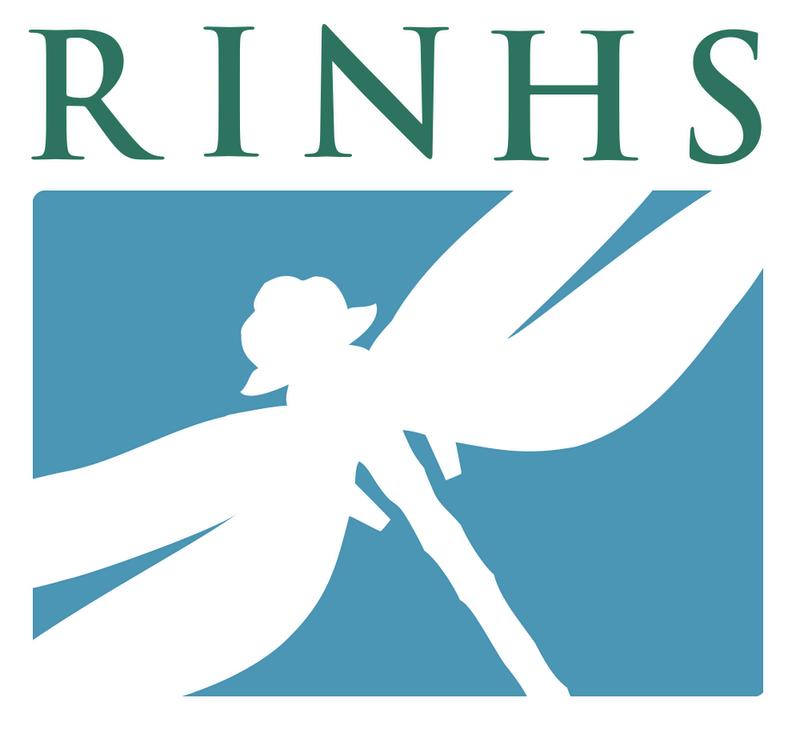
The 2024 BioBlitz event was held at the Norman Bird Sanctuary in Middletown, RI. This bioblitz saw 385 participants with 1,430 species being reported during the event. 2024 marked the 75th anniversary of the founding of Norman Bird Sanctuary, the 30th anniversary of the Natural History Survey, and the 25th annual Rhode Island BioBlitz The RINHS BioBlitz is the longest running BioBlitz in the country!
This new program was developed by Rhode Island Natural History Survey and partners with funding through the One Hive Foundation. The program aims to connect community partners working on similar projects in Rhode Island studying pollinators, promoting native plants, building sustainable agriculture and educating people.
The initiative was introduced on November 23, 2024 with all network members giving a rapid update on their projects including RWPZoo’s SAFE Songbird & Monarch programs. Together, the community is poised to make significant impacts for our local plants and insects of Rhode Island.
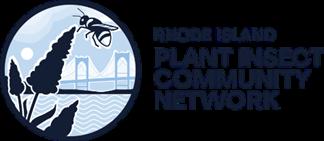
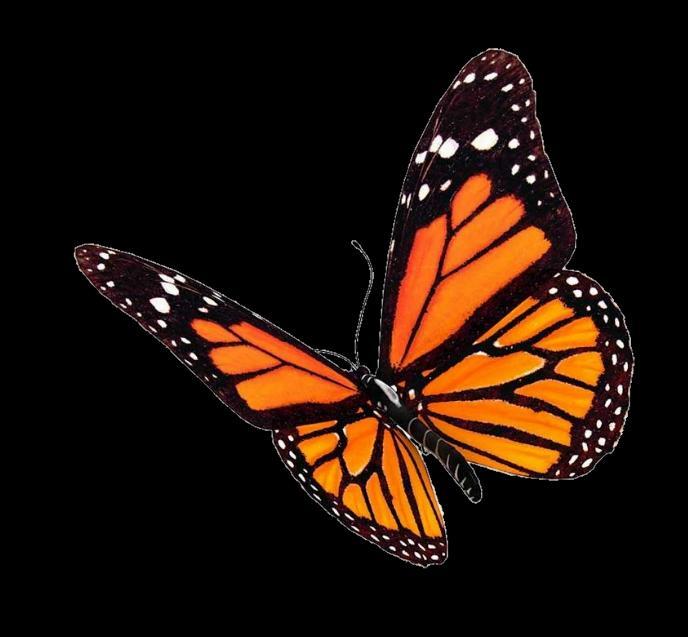
Amphibian species are facing a global crisis, with one-third to one-half of all species potentially facing extinction. This alarming decline is driven by a confluence of factors, including habitat loss, pollution, and emerging diseases, highlighting the urgent need for conservation efforts.
Researchers have found that Chytridiomycosis (chytrid), a fungal disease, is proving exceptionally deadly and is believed to be a major cause of amphibian species' decline. Experts agree that to prevent the most threatened species from becoming extinct, captive breeding programs are crucial until the chytrid epidemic either runs its course or effective eradication methods are developed.
Successfully maintaining a captive population of amphibians requires providing them with a healthy diet. However, capturing hundreds of insects daily for these animals presents significant challenges. Such methods are extremely time-consuming, can deplete local insect populations, and are ultimately unsustainable
From 2007 to 2012, the Zoo's Director of Conservation, Lou Perrotti, led efforts at the El Valle Amphibian Conservation Center in Panama, successfully establishing captive colonies of native invertebrates to support rescued amphibians. This success led to the Zoo's involvement with the Chilean Amphibian Conservation Center, a partnership with the San Antonio Zoo and Austral University in Chile initiated in 2018. This collaborative effort aims to investigate amphibian declines in Chile's temperate humid forests, establish captive assurance colonies, and document wild populations. In 2019, Zoo staff traveled to Chile to install the first breeding facilities for endangered amphibians and their invertebrate organizations, foc Chilean amphibia
The team has pro additional Chilean Chile Mountai
Bullock’s Mou
Pelado Mount
Barrio’s Frog
Contulmo Gro
Miguel’s Groun
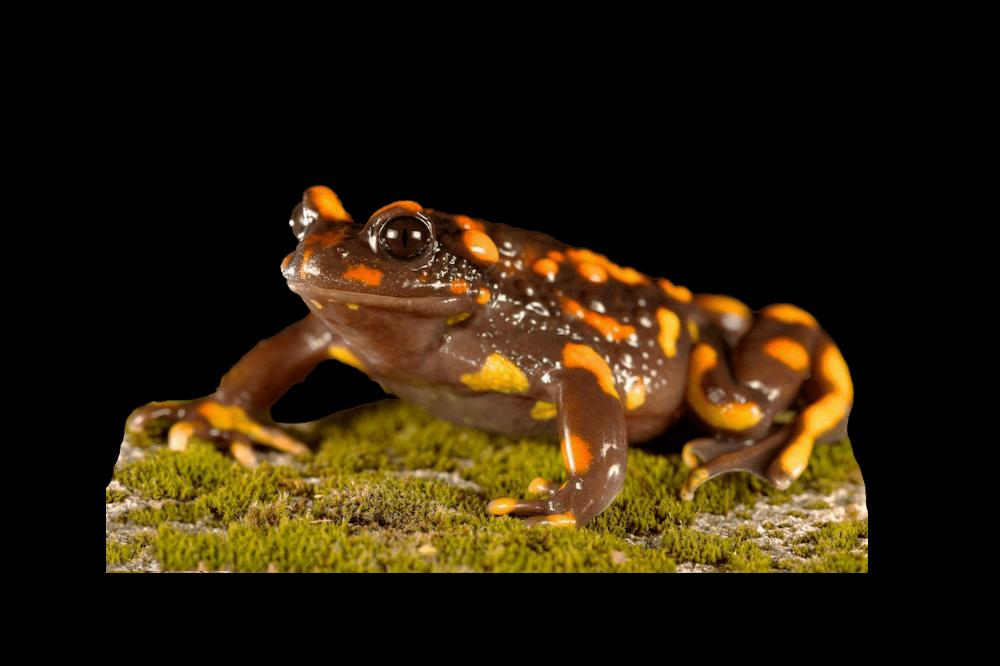
The Amazon rainforest, a vital ecosystem teeming with life, faces constant threats. Project Selva, a collaboration between San Antonio Zoo and RWPZoo, offers a unique solution: partnering with indigenous communities to conserve their land through sustainable income generation

Project Selva's impact is multifold:
Preserving the rainforest: By supporting indigenous communities, Project Selva incentivizes them to protect their lands, crucial for maintaining the Amazon's ecological balance.

Empowering people: Indigenous artists gain a stable income and a platform to share their culture with the world.
Celebrating cultures: Gyotaku workshops fostered cultural exchange, blending Japanese traditions with Amazonian artistry.
After purchasing a permanent home in Peru to accommodate our team last year, the project continues work to set up an in-country LLC to help navigate Peruvian legalities.
This past April, RWPZoo’s Director of Conservation alongside our partners at San Antonio Zoo completed another successful trip to Peru in support of Project Selva. As the first travel down to Peru since the pandemic, this trip was important to continue to reinforce the relationship with the team in Peru.
The project has a stable history of working with the Bora indigenous community on the Momon River to support them in their desire to maintain rainforest. In efforts to expand into more communities, this year the team brought the Yagua indigenous community into the fold

Project Selva is a model for sustainable rainforest conservation. By supporting indigenous communities, we can safeguard the Amazon's irreplaceable biodiversity and empower its stewards.

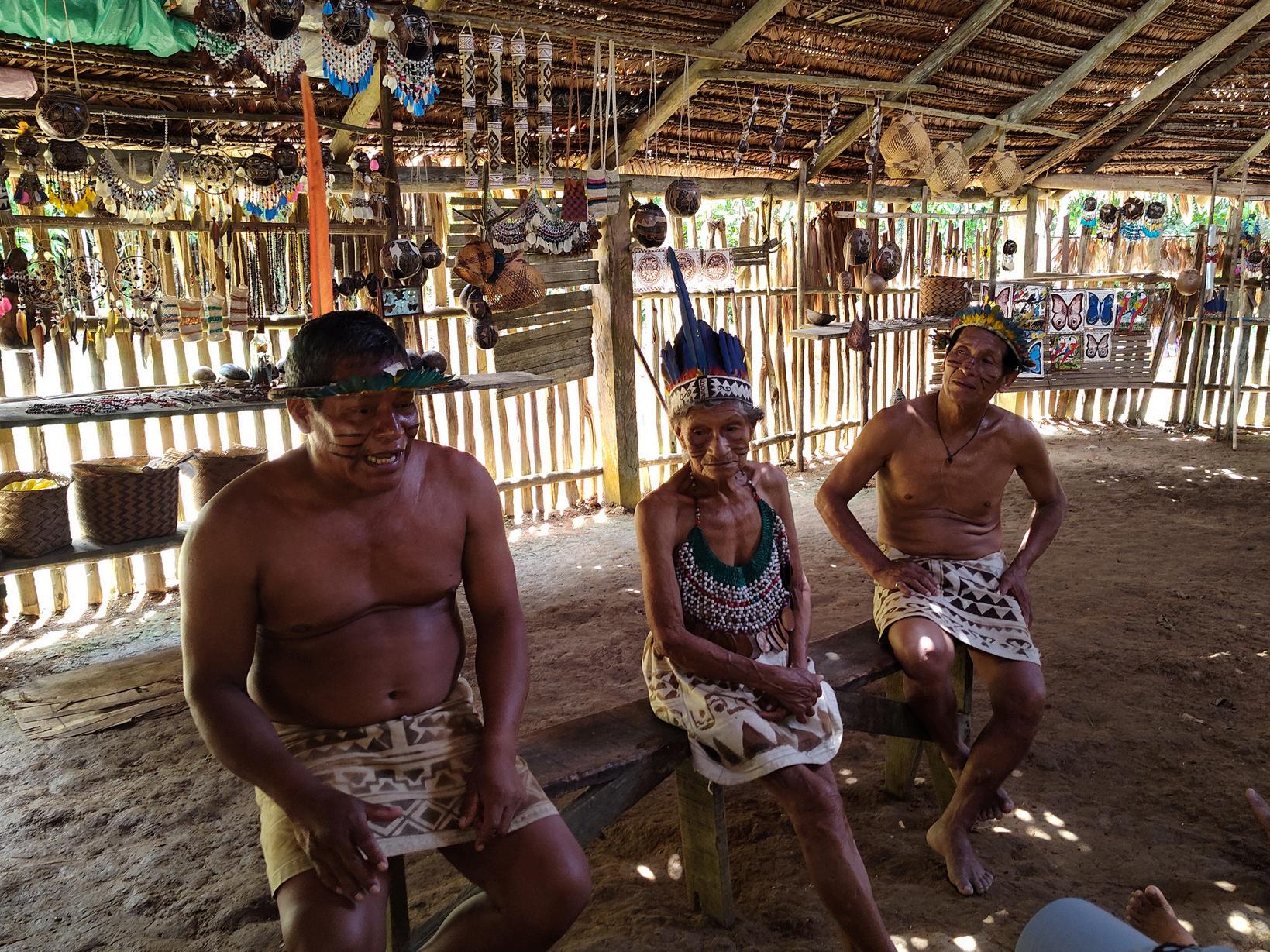
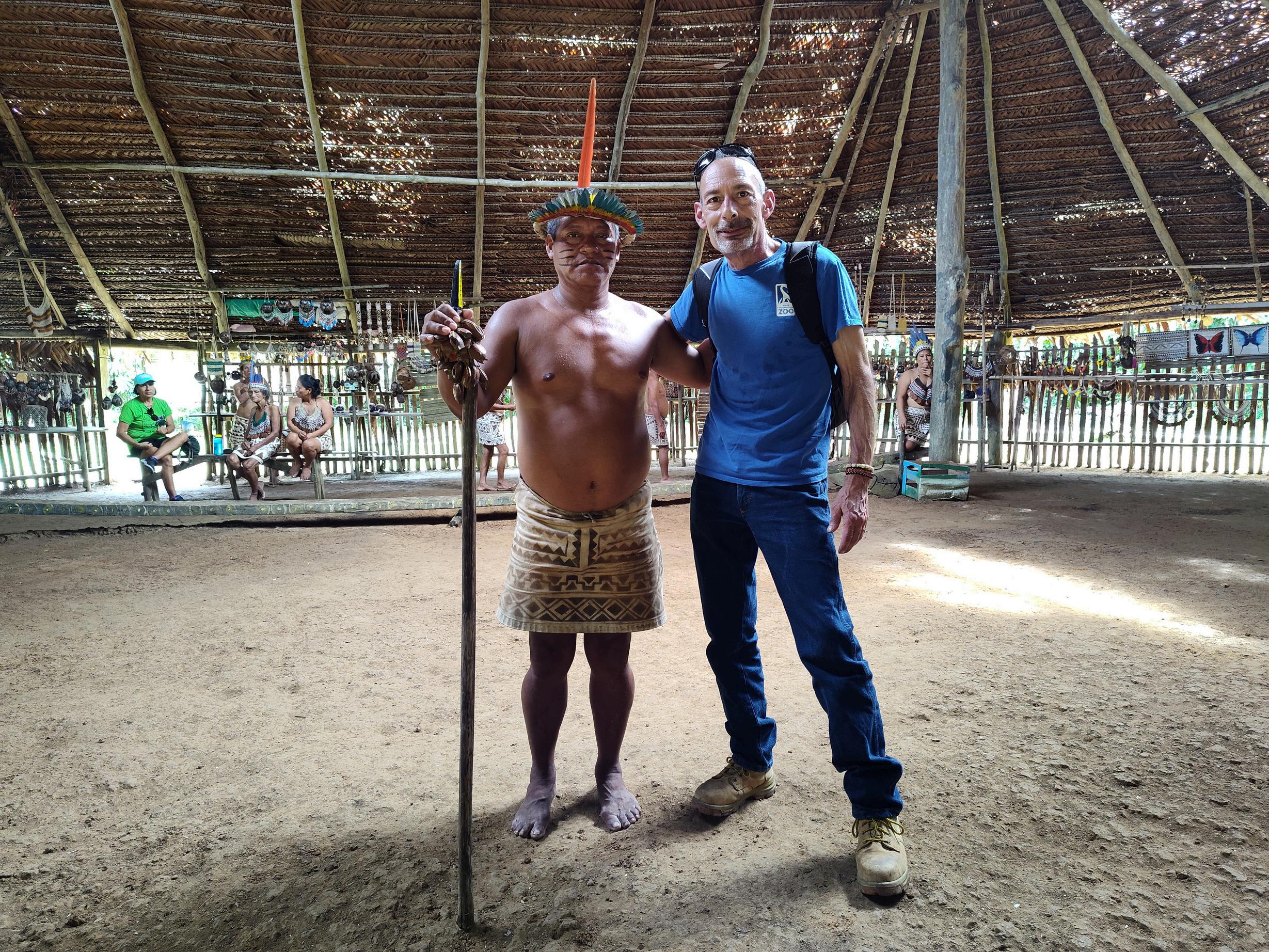
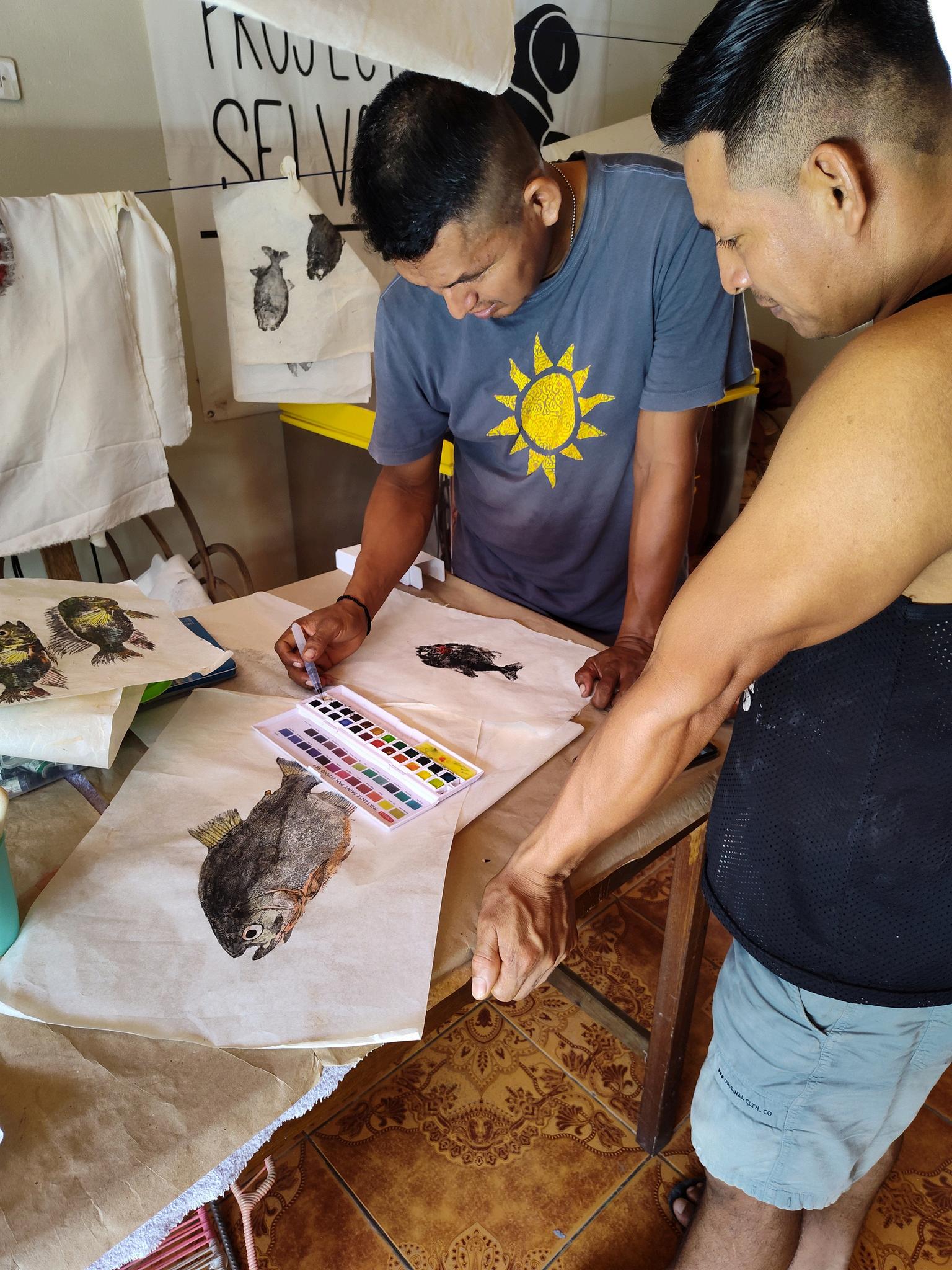
Formerly known as the Tarangire Elephant Project (TEP), this program was established in 1993 by Dr Charles Foley to study the impact of poaching on African elephants Since then, Dr. Foley and his team have meticulously collected demographic data on the northern sub-population, developing an extensive database of over 800 individual elephants, likely the second largest in Africa. TCRP pioneered hormonal studies of female elephants in the wild and continues to investigate the effects of poaching on elephant social systems. RWP Zoo supports TCRP by funding a permanent in-country position to foster positive human-elephant coexistence, teaching villagers how to live safely alongside these magnificent creatures. To date, the Zoo's contributions exceed $100,000, demonstrating a long-term commitment to elephant conservation.
RWP Zoo annually supports the International Elephant Foundation, a 501c(3) nonprofit organization that provides financial support for a wide variety of elephant conservation and related scientific and educational projects worldwide.
RWP Zoo partners with the Wildlife Conservation Society’s 96 Elephants Campaign to raise public awareness of the elephant poaching-crisis in Africa. Poachers kill about 96 elephants each day for their ivory. Poachers carve the ivory into intricate designs and sell to unknowing consumers throughout the world Today, the United States is the second largest illegal ivory market in the world, next to China as number one.
Elephant Health Camp, Nepal
RWPZoo elephant zookeeper Brett Haskins was invited by the Katie Adamson Conservation Fund to share his expertise in elephant foot care with the wildlife community in Nepal He and other expert leaders provided specialized care for nearly 100 endangered Asian elephants. This program is a vital part of the conservation efforts in Nepal, where elephants play a crucial role in the economy and culture. Thanks to the expertise and dedication of animal care professionals like Brett, the program improves the lives of these animals and the people who depend on them. By providing elephants with the care they need, the camp helps to ensure that these animals can continue to thrive and contribute to the well-being of the local communities.
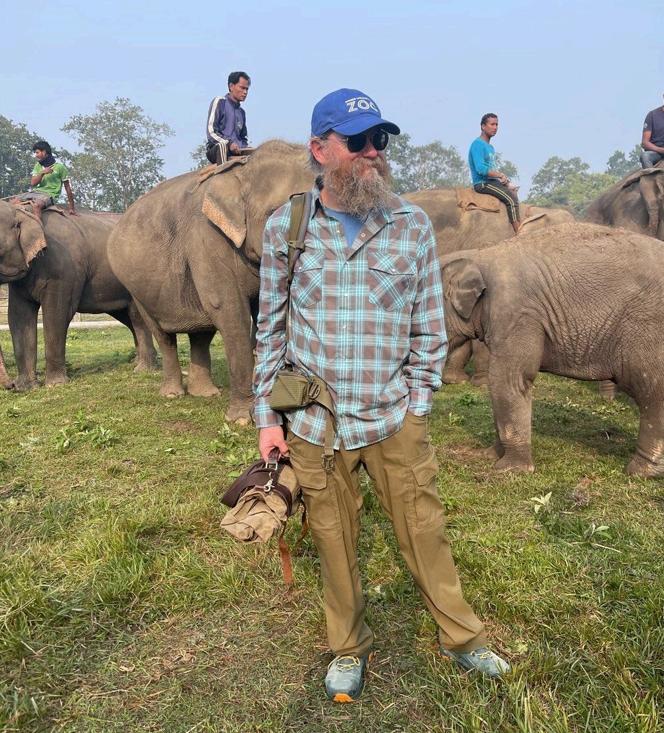
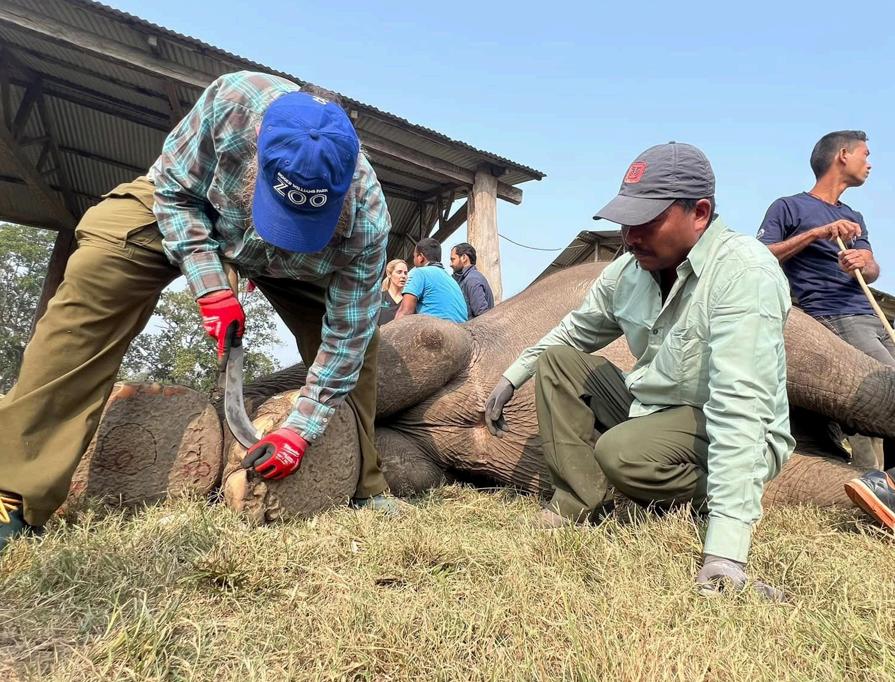

Goals: The goals of this project uses science-based welfare benchmarks to improve elephant management in human care. When completed, this project will provide detailed, science-based welfare outcomes that can be used by managers to optimize care and promote positive well-being of zoo elephants. The primary goal of this study is to produce scientific data that will aid decision-making regarding best practices in elephant management The RWPZ contributed all the requested information and samples required from our three African elephants for this AZA endorsed study.
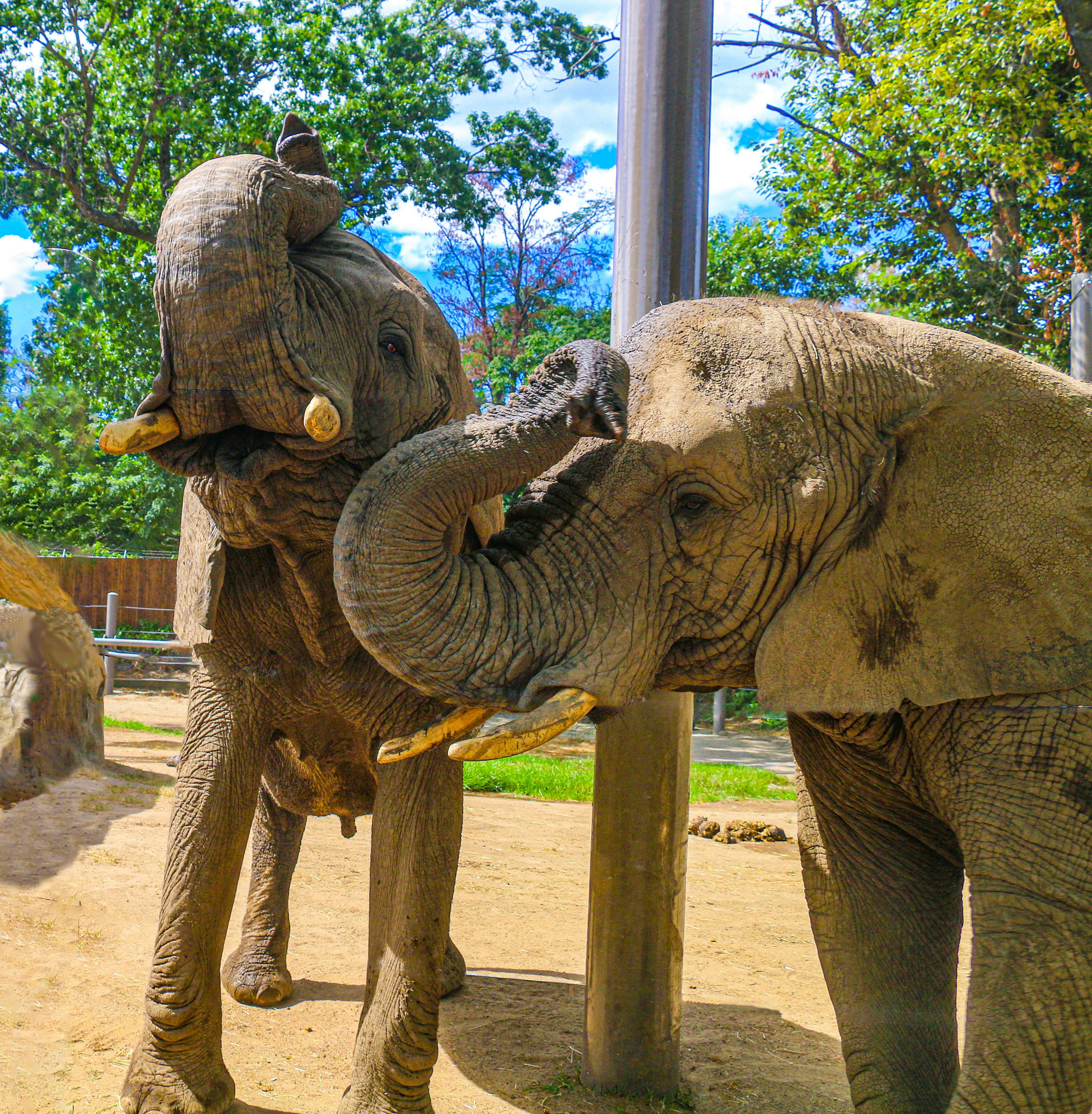
RWPZoo has been a longtime supporter of wildlife and habitat conservation programs for the Matschie’s tree kangaroos, a critically endangered species. Native to the rainforests of Papua New Guinea, tree kangaroos are well-adapted for life in the forest canopies
These animals are an endemic species to one tiny part of the world, Papua New Guinea. Because their diet consists mostly of fruits, seeds, and nuts, they’re primary seed dispersers and contribute to creating and maintaining healthy forests. In addition, they’re culturally important to indigenous communities. Deforestation and hunting are primary threats to tree kangaroos. Habitat loss due to expanding agriculture continues to push this species to the brink of extinction. Fortunately, through collaborative efforts, zoos and conservation programs worldwide are working to protect them.
Over the years, RWPZoo has developed close partnerships and continuously support the Tree Kangaroo conservation Program, the SAFE Tree Kangaroos of Papua New Guinea for which Lou Perrotti, Director of Conservation, serves as a steering committee member, and the AZA Tree Kangaroo Species Survival Plan (SSP) breeding program.
The SAFE Tree Kangaroo program goal is to contribute to and expand the conservation of Matschie’s and Goodfellow’s tree kangaroos in the wild and support the local communities in Papua New Guinea. The Zoo is dedicated to helping this program that links community-based conservation initiatives in Papua New Guinea with the efforts and rs and partners.


In 2024, the Zoo welcomed a new tree kangaroo joey! This birth is in important addition to the SSP breeding program.
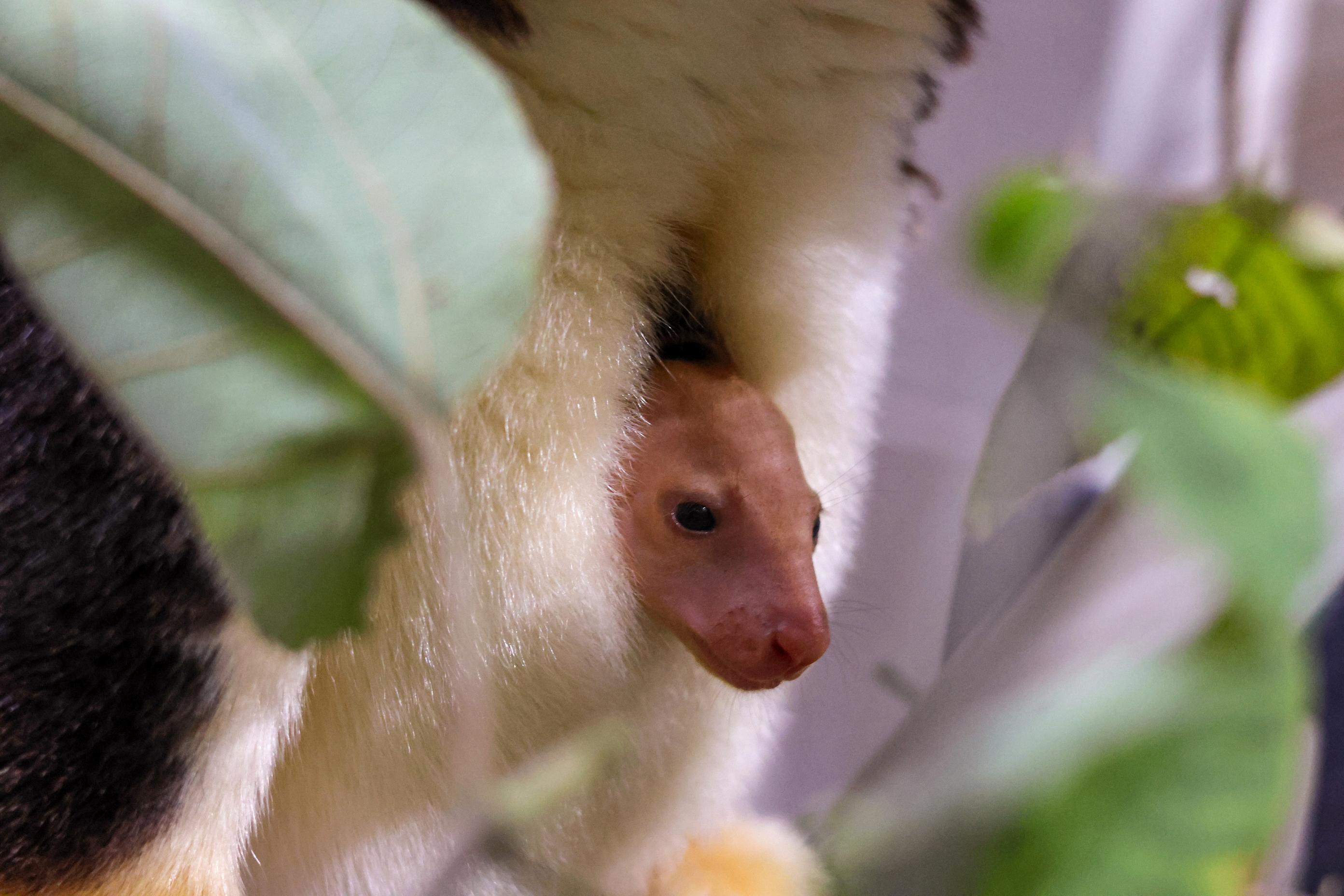
The RWPZoo has a dedicated group of staff members called the Green Team that meet regularly to monitor our institutional environmental efforts in order to maintain a sustainable workplace. Internally the goals of the Green Team will be to review the zoo’s resource use, and when necessary, seek to implement changes to reduce consumption; improve & implement RWPZoo recycling policies & practices, and encourage the staff to act towards becoming a greener zoo
To make the Roger Williams Park Zoo an environmental ambassador for the community, its visitors, staff, and volunteers by enhancing, fostering, and inspiring green practices such as recycling, waste reduction, natural resource conservation, and education.
The Green Team had several accomplishments in 2024 including a staff fieldtrip to the local Materials Recycling Facility, Buy Nothing Swaps to repurpose rather than waste, some small Zero-waste events where composting was embraced, along with many more staff driven eco-driven initiatives
Our E-waste recycling initiative through Eco-cell continues to offer recycling options for old electronic devices at the Zoo and at participating community libraries thanks to a partnership with the Providence Office of Sustainability By recycling old cell phones, it helps prevent hazardous substances from entering our environment. Many of the rare minerals and metals required to develop these devices are also mined in endangered species habitats The revenue earned through recycling these devices goes directly to the Dian Fossey Gorilla Fund International to support gorillas, gorilla habitats, and the many other species that live there
At the end of 2023, RWPZoo was rated #15 on the Top 20 Eco-cell gadget recyclers!


The Environmental Justice Academy explores the links between environmental justice, conservation and social justice and includes difficult conversations about the colonialist history of wildlife conservation as well as exploring the different ways in which BIPOC communities have been disproportionately impacted by environmental degradation. It provides a chance for the middle-school students to explore the close connections between environmental justice, conservation, and social justice. Students engage in activities and conversations around topics such as representation, exclusion, privilege, and racism in an environment that emphasizes growth, empathy, and understanding. In addition to gaining a deeper understanding about the relationship between issues of equity and justice and environmental health, students build skills in advocacy, having difficult conversations, and ally-ship to communities different than their own.
This program is possible through the generous funding from the United Way of RI and The City of Providence
San Miguel:
In 2024, the second year of Environmental Justice Academy at San Miguel School concluded This program met weekly for an hour on Tuesdays for the 2023-2024 school year. Cohort 1 from the 2022-2023 school year met four times to conclude the project started in 2023. Cohort 2 met 31 times during the school year and concluded with a 6-hour field trip, culminating in 37 contact hours with the group of 15 seventh graders. They purchased plants and air quality meters for several Providence schools.
Sophia Academy:
2024 marked the third year of Environmental Justice Academy at the Sophia Academy. The program shifted to an afterschool program format based on feedback from previous cohorts. This program met weekly for a hour and a half on Mondays, culminating in 34.5 contact hours with a group of 5-7 fifth through sevent graders. Students conducted water tests within the school, engaged in school beautification projects, learned about advocacy through poster creation, and built bee watering stations.

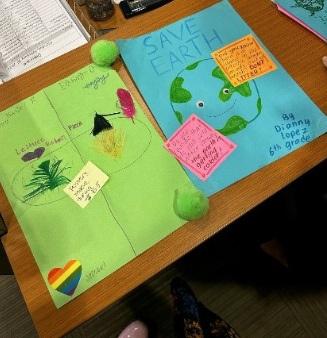
Earth Agents, a program developed by RWPZoo in 2018 as part of AZA’s 2019 Party for the Planet: Spring Into Action initiative, was Inspired by the North American Association for Environmental Education’s Guidelines for Excellence for Community Engagement. The goal was to design a program that would engage families as agents of change in their communities, with the intent of authentically growing our conservation capacity and reaching audiences we hadn’t previously. Earth Agents are families who organize and host an event in their community to share simple ways to help our planet. Each family is asked to go back to their community and hold an event where they can share a conservation story and related asks. Participating families have reported gaining confidence and comfort with being agents of change as they progressed through the program and recognizing new conservation actions they could take at home and gained new perspectives on the actions they currently take and the impact of those actions on the environment. In 2020, the program was expanded to include Zoo Miami and Oakland Zoo in 2020
The RWPZoo Earth Agent chapter had 11 families total, with 9 events, that reached roughly 800 people in 2024!

The end of 2024 sa an e pansion in the p ogram with a pilot through a Codesign project


The Sophie Danforth Conservation Biology Fund (SDCBF) was established by Roger Williams Park Zoo and the Rhode Island Zoological Society in 1989. Since its beginning, the SDCBF has awarded over $150,000 to worth while projects, many of which have continued to grow and succeed. Annually, the SDCBF grant program awards ten small grants of up to $1,000 each for field studies and other projects that demonstrate a multi-disciplinary approach to biodiversity and ecosystem conservation.
Projects Title
Safeguarding the Critically Endangered tiny Squeaker frog (Arthroleptis kidogo)
Enhancing White-Bellied Pangolin (Phataginus tricuspis) Research Knowledge: Training for a New Technician Researcher
The role of multimodal signalling in mate choice in Spheniscus penguins
Vulture Custodians: VulPro School and Community
Establishing Cortisol Baselines for Captive Linne’s Two-Toed sloths (Choloepus didactylus)
A Longitudinal Assessment of Social and Ecological Change Following the Establishment of Wolves in Kickitat County, WA
Dispersal Patterns and Home Range in Relation to Forest Density: Informing Strategic Conservation Planning for Abronia campbelli
Stretching beyond our borders: conserving snakes and reducing snakebite in western Kenya
Improving the conservation of the critically endangered slendersnouted crocodile, Mecistops cataphractus, in southern Benin through conservation education and community awareness
Advancing Amphibian and Reptile Conservation in Colombia through Training and Development of Ecotourism Guides in Community Monitoring and Ethical Herping Techniques
Principal Investigator
Marie Claire Gauthier
Dr Kiyoko Gotanda
Kerri Wolter
Jennifer Hennessy & Jillian Cook
Lara Volski
Brad Lock DVM
Jonathan Twining & Silas Wekesa Muchenje
Dossou Akékotchami
Jacques Calver
Laura Rubio-Rocha
The Roger Williams Park Zoo actively supports approved research projects through Species Survival Plans (SSPs), Taxon Advisory Groups (TAGs), and university studies. These collaborations align with the Zoo's commitment to advancing wildlife conservation and scientific understanding Over the past year, the Zoo has contributed to the following research projects:
Project Title: Retrospective Analysis of Mortality Causes in Managed Duikers in North America from 1995-2023 - completed
Principal Investigator: Amélie Mathieu; Wildkin Veterinary Services
Project Title: Establishing Cortisol Baselines for Captive Linne’s Two-Toed sloths (Choloepus didactylus) - ongoing
Principal Investigator: Jen Hennessy and Jillian Cook; Roger Williams Park Zoo
Project Title: Comparison of anesthetic parameters with medetomidine-vatinoxan versus medetomidine or dexmedetomidine as part of anesthestic protocol in non-domestic canids - ongoing
Principal Investigator: Tamara Kruse, DVM, MS; SAFE Red Wolf
Project Title: Metabolic bone disease and hypovitaminosis D in black howler monkeyscompleted
Principal Investigator: Rachael Figueroa; Black Howler Monkey SSP
Project Title: Postmortem skull and limb CT imaging request for SSP data - completed
Principal Investigator: Priya Baproda and Kimberly Thompson; Giraffe SSP
Project Title: Giant Otter medical records - completed
Principal Investigator: Donna Laleggio; Giant Otter SSP
Project Title: Connecting the Gut Microbiome, Behavior, and Physiology to Enhance Red Panda Health and Welfare - completed
Principal Investigator: Sarah Huskisson; Red Panda SSP
Project Title: The State of Ex-Situ Conservation Programs for Species in the Order Lagomorpha - completed
Principal Investigator: Jess Martin; University of Oklahoma
Project Title: Hemangiosarcomas in African Painted Dogs (Lycaon pictus) - completed
Principal Investigator: Samantha Rummel; African Painted Dog SSP
Project Title: Evaluating hormone concentrations in whiskers and hair as indicators of reproductive potential and history in New England cottontails - ongoing
Principal Investigator: Justin Richard; University of Rhode Island

Roger Williams Park Zoo’s commitment to conservation extends beyond our gates. We are proud to partner with these organizations and provide funding for their crucial work protecting threatened and endangered species and their habitats:
Action for Cheetah - Kenya - SAFE Cheetah
Conservation Planning Specialist Group
Cockscomb Basic Wildlife Sanctuary - SAFE Jaguar
Grevy’s Zebra Trust
International Elephant Foundation
Nantucket Conservation Foundation
The Ocean Project
Project Selva
Red Panda Network
Rhode Island Natural History Survey
Snow Leopard Trust
Tanzania Conservation and Research Program
Tree Kangaroo Conservation Program
Wildlife Conservation Society - Komodo Dragon SSP
Wild Nature Institute - SAFE Giraffe
Zoo Outreach Group - SAFE Andean Highland Flamingo
Through funds generated by Natural Encounters Inc. during their interactive bird shows in 2024, we contributed funds to: Congress of the Birds and World Parrot Trust –Blue Throated Macaw Project

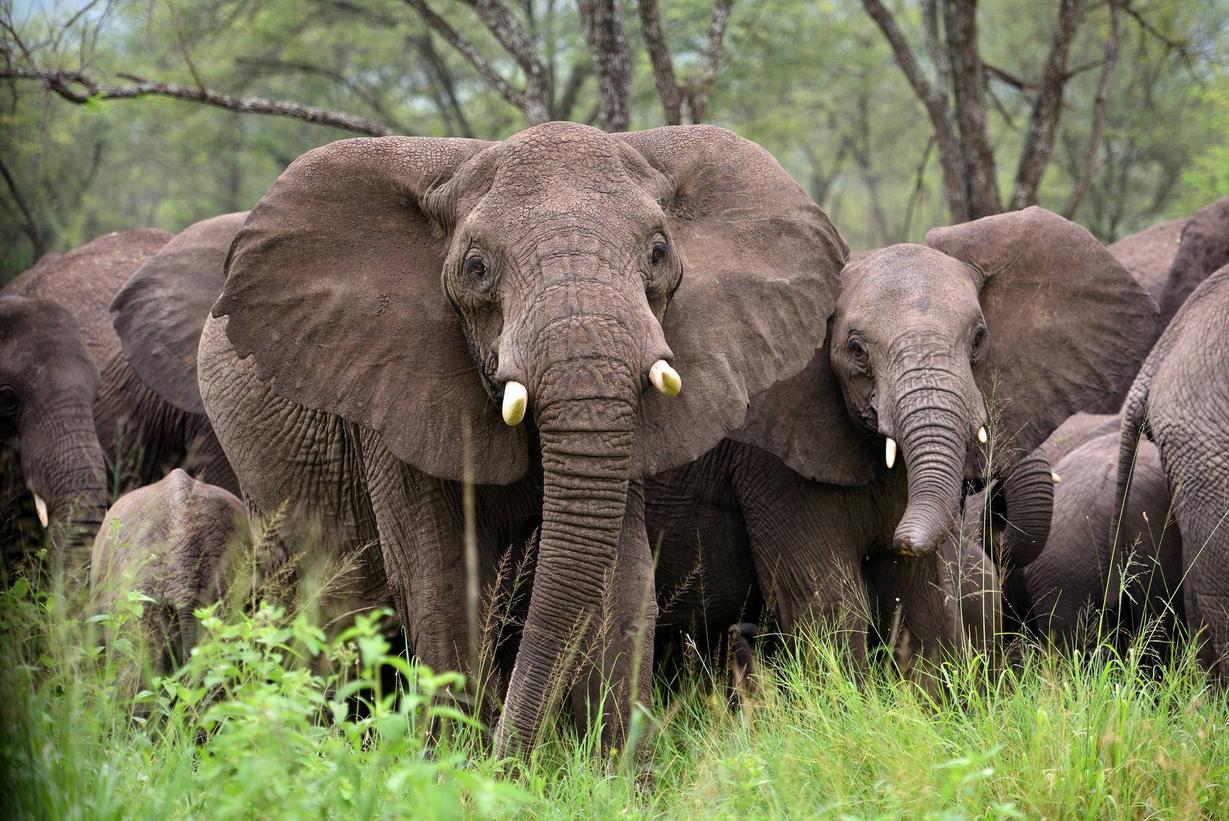
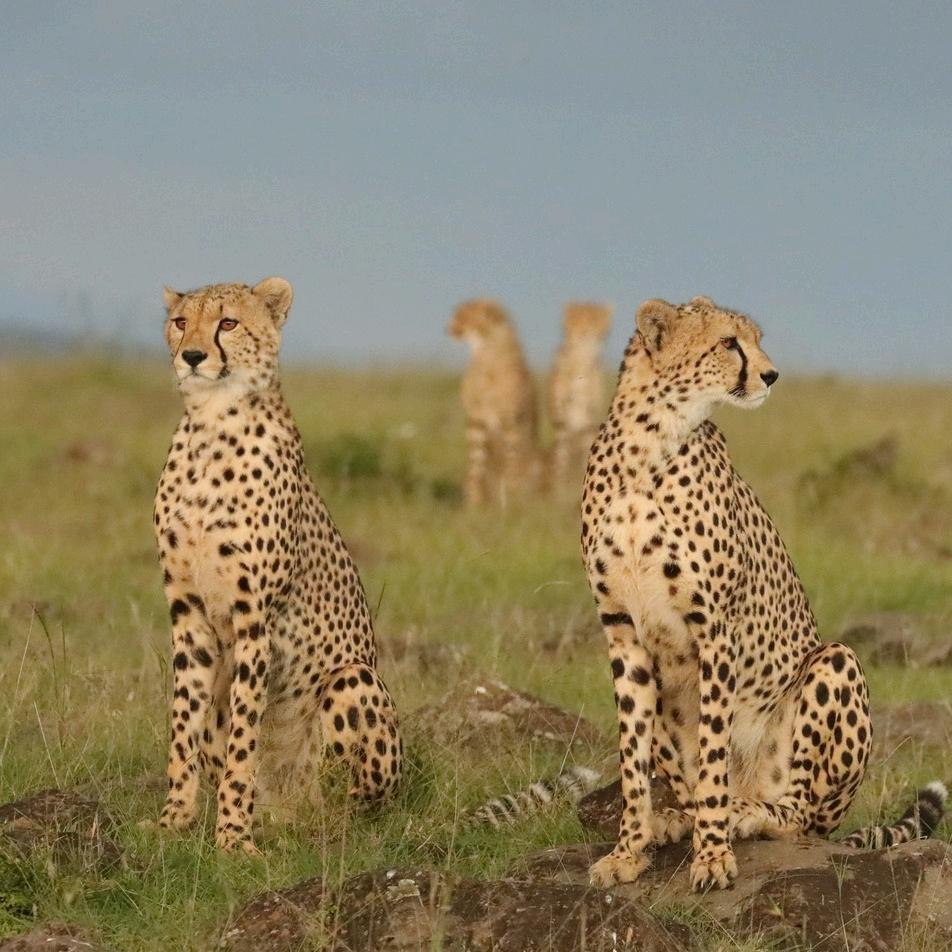



A visit to Roger Williams Park Zoo is an investment in the future of wildlife. 25 cents from every general admission tickets is directly contributed to conservation efforts, both locally and globally. In 2024 the Zoo supported the following programs:
Punta San Juan Program – Through knowledge and scientific research, the Punta San Juan Program aims to better understand the marine ecosystem of the Humbolt current including resident species of pinniped, various marine invertebrates, and Humbolt penguin.
Gibbon Rehabilitation Project – Combats the illegal use of gibbons through tourism awareness and aims to return them back to where they were previously poached to extinction over 40 years ago.
Katie Adamson Conservation Fund – Uses a multifaceted approach to help empower and educate the people of our planet to work together to save our remaining ecosystems across the globe. Their reach includes conflict mitigation with elephants in Tanzania, jaguar, sea turtle, and tapir research in Costa Rica, and the sharing of expertise in elephant footcare in Nepal.
PVD Tree Plan – A community-led initiative to plant and care for trees in low-income neighborhoods of color across Providence, so that everyone in the city has equal access to the health, climate, and economic benefits of our urban trees.
Zoo guests taking conservation actio
The Zoo’s Faces for the Rainforest exhibi to the rainforest projects working hard to there. All coins collected from visitors su


Chilean Amphibian Conservation Center – Saving Amphibian Species
The Nature Conservancy – Protecting Habitat through Sustainable Ranching in Colombia
Oklahoma City Zoo – Eastern Guatemala Reforestation Project

Roger Williams Park Zoo would like to extend our gratitude to the following organizations for their collaborative contributions and support. Their collective efforts, knowledge, and expertise helps us ensure the continued survival of threatened and endangered species and their habitats for generations to come:
Audubon Society of Rhode Island
Connecticut Department of Energy & Environmental Protection
IDEXX Laboratories
Linda Loring Nature Foundation
Maine Department of Inland Fisheries & Wildlife
Maria Mitchell Association
Massachusetts Audubon
Massachusetts Division of Fisheries and Wildlife
Nantucket Conservation Foundation
Nantucket Field Station - UMass Boston
Nantucket Land Bank
National Fish & Wildlife Foundation


Natural Resources Conservation Service
New Hampshire Fish & Game Department
New York State Department of Environmental Conservation
Richmond Land Trust
Rhode Island Department of Environmental Management
Rhode Island Natural History Survey
Rhode Island Nature Conservancy
South Kingstown Land Trust
Tufts University
The Nature Conservancy - Block Island
University of New Hampshire
University of Rhode Island
United States Fish & Wildlife Service
Vermont Fish & Wildlife
Wildlife Management Institute




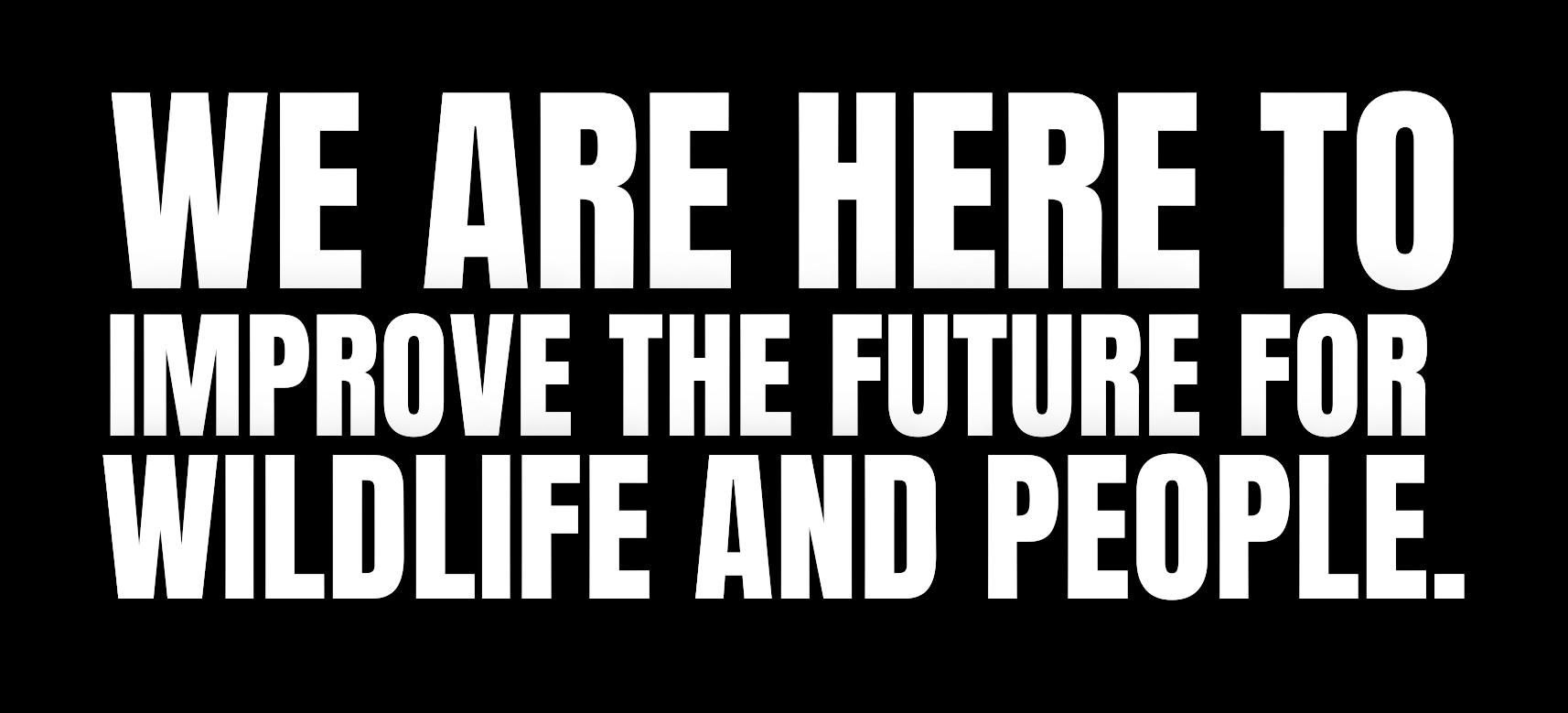
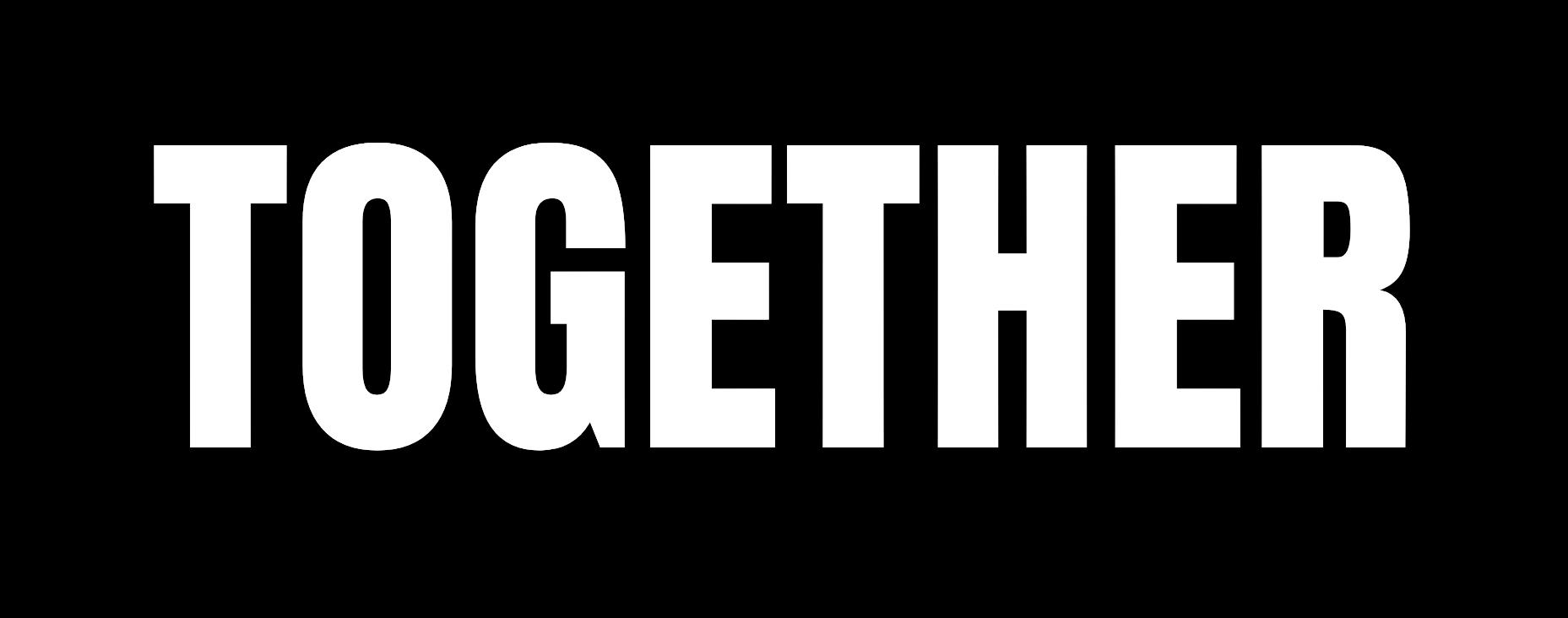
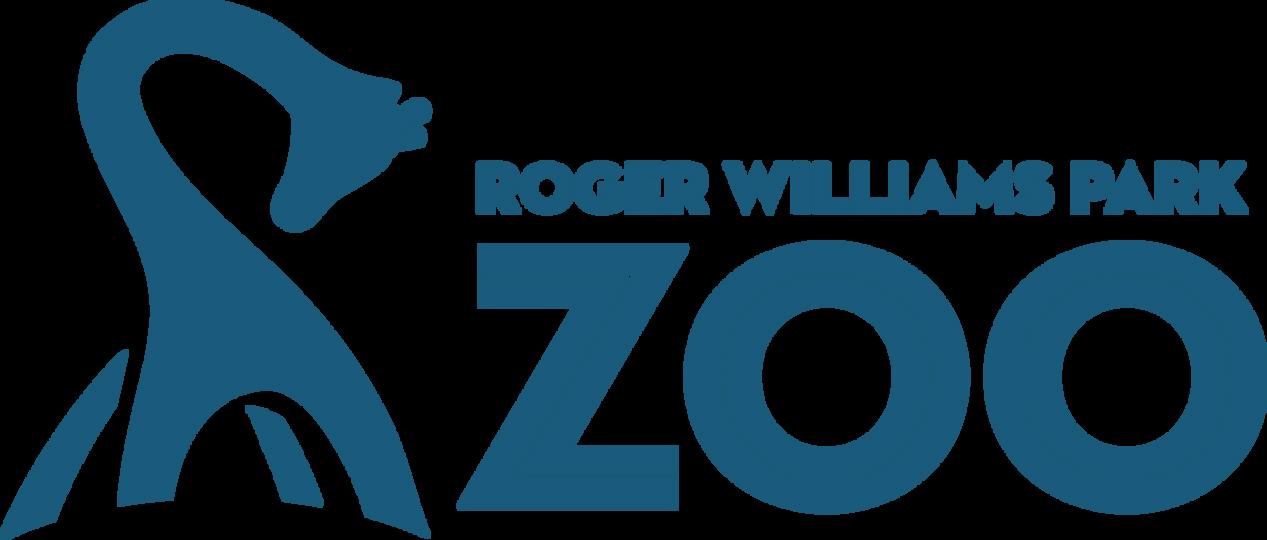
Roger Williams Park Zoo is accredited by the Association of Zoos and Aquariums (AZA), and a member of the World Association of Zoos and Aquariums (WAZA).
Roger Williams Park Zoo is supported and managed by the Rhode Island Zoological Society (a registered 501(c)3 non-profit organization) and is owned by the City of Providence.
1000 Elmwood Avenue, Providence, RI 02910
401 785 3510 | www rwpzoo org